In our last article we left you in Piazza Bolognini. Today, for the second part of our tour we leave from Piazza Vigliena or Quattro Canti, not far from where we left off.
Located at the intersection of two important streets in Palermo: Via Vittorio Emanuele and Via Maqueda. The result of an urban restructuring of the seventeenth century has in fact divided the city into four parts, called districts: Kalsa, Albergheria, Capo and Castellamare or Loggia. The square was formed thanks to the concave facades of the buildings at opposite corners of the intersection, decorated with fountains and statues.


From here in a few steps you can reach Fontana Pretoria, also known as the "fountain of shame", due to the nakedness of its statues. It is truly suggestive, among statues and water games arranged on three raised levels. The fountain is surrounded by noteworthy buildings, starting with the Town Hall (or Palazzo delle Aquile) and the back of Santa Caterina.
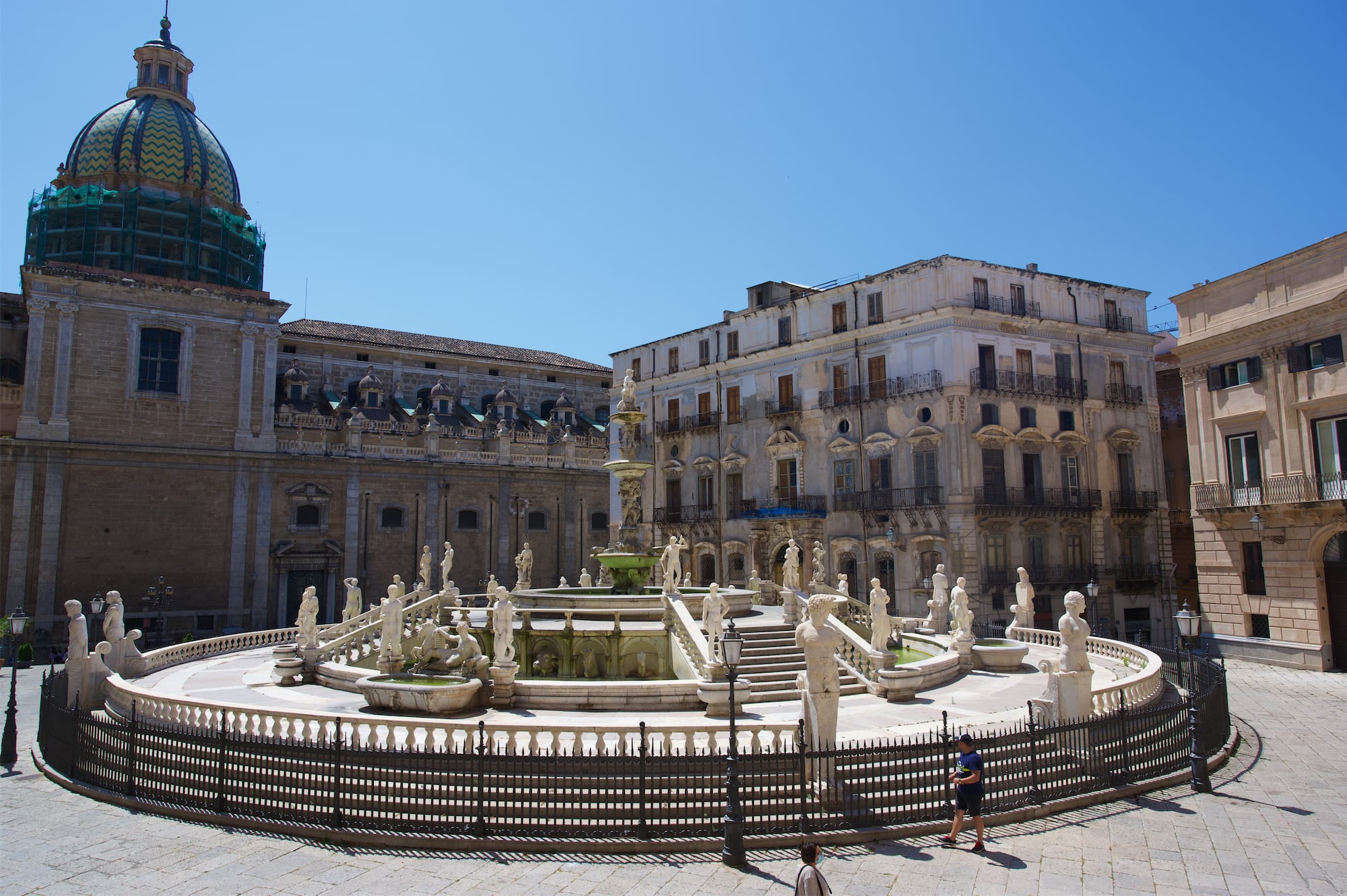
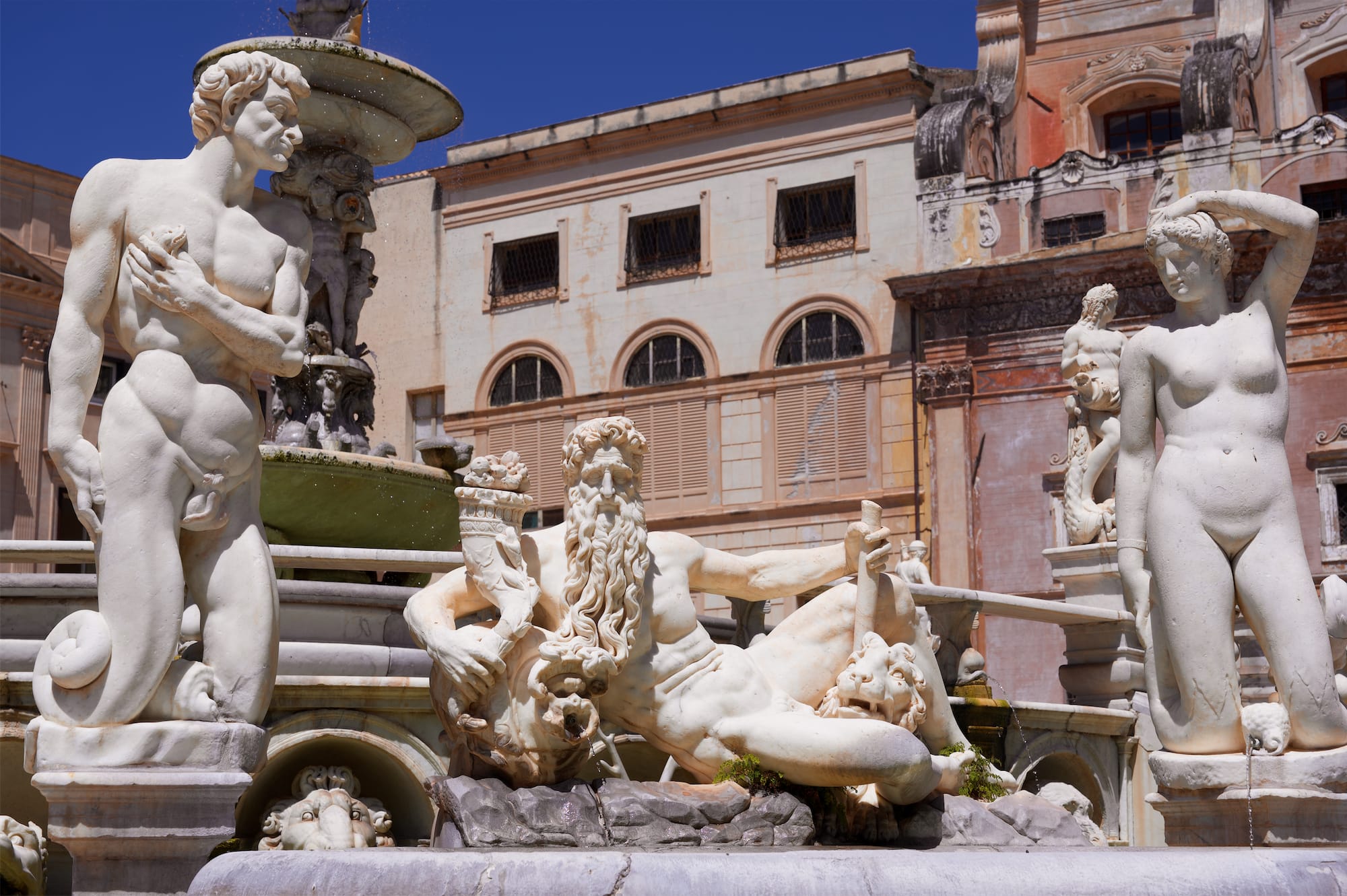

The Chiesa del Monastero di Santa Caterina is undoubtedly worth a visit for its interior and to understand what the life of the nuns was like in the past. The nuns, usually of noble origins, have contributed to making the interiors in Baroque style ever richer.
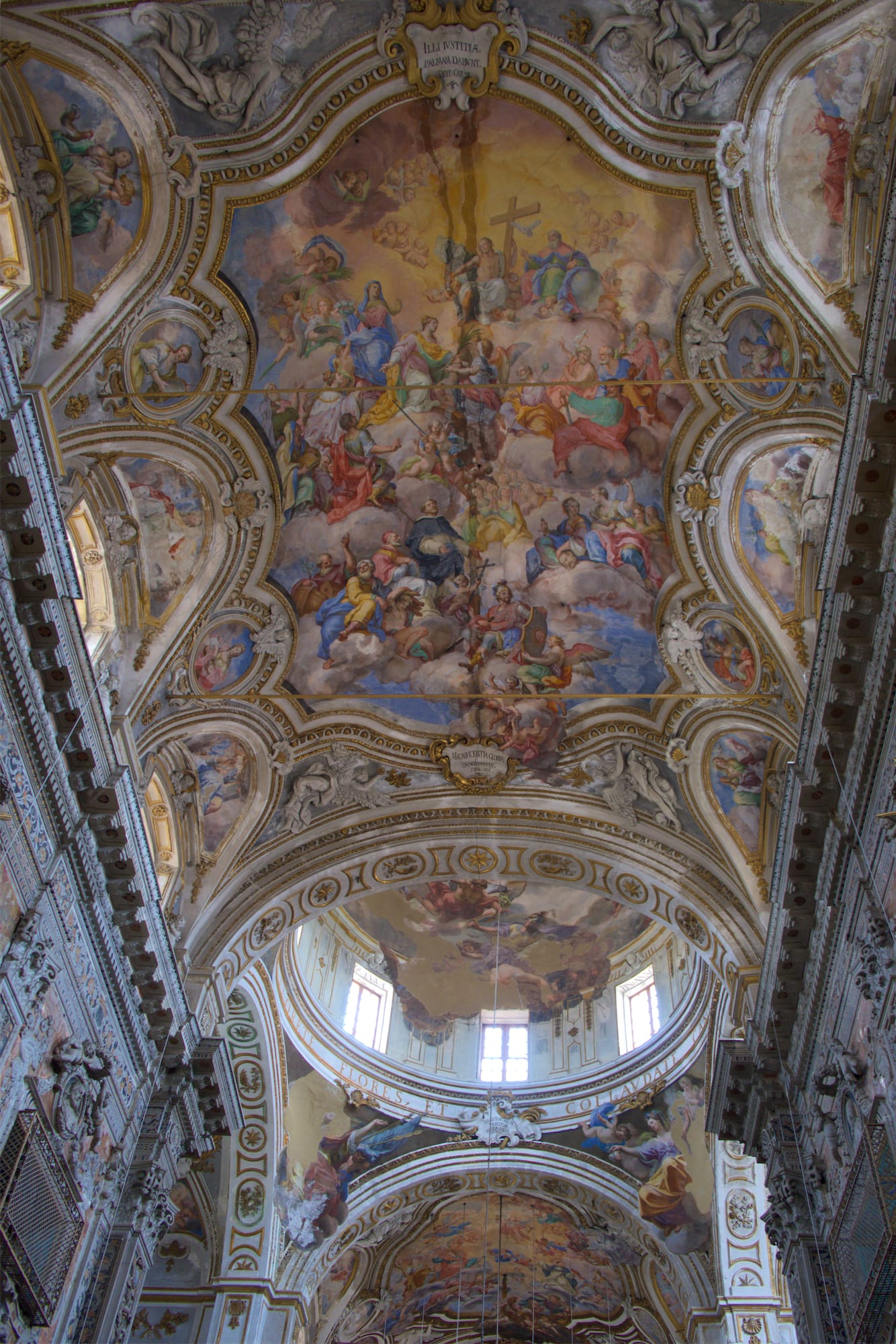
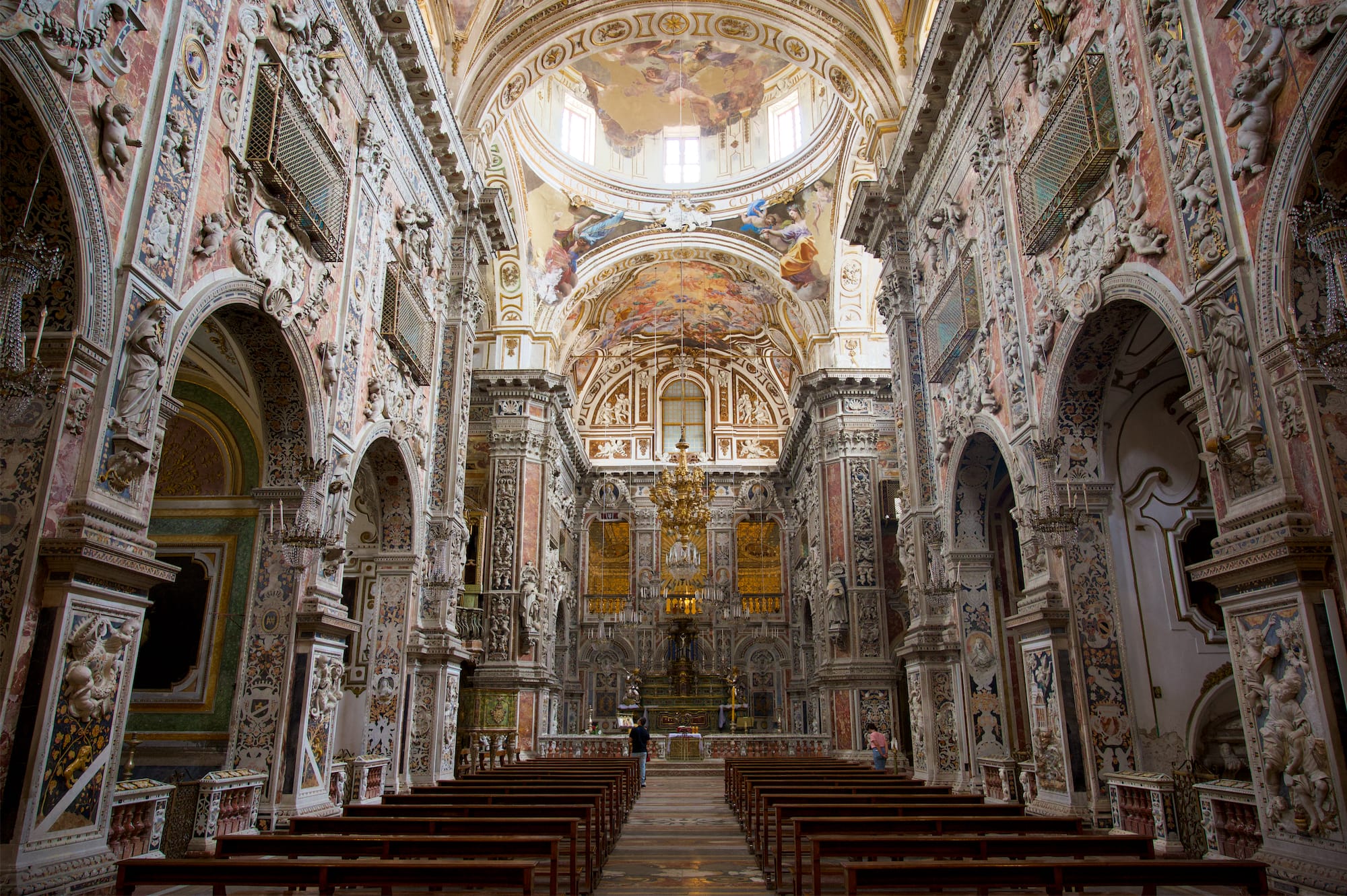
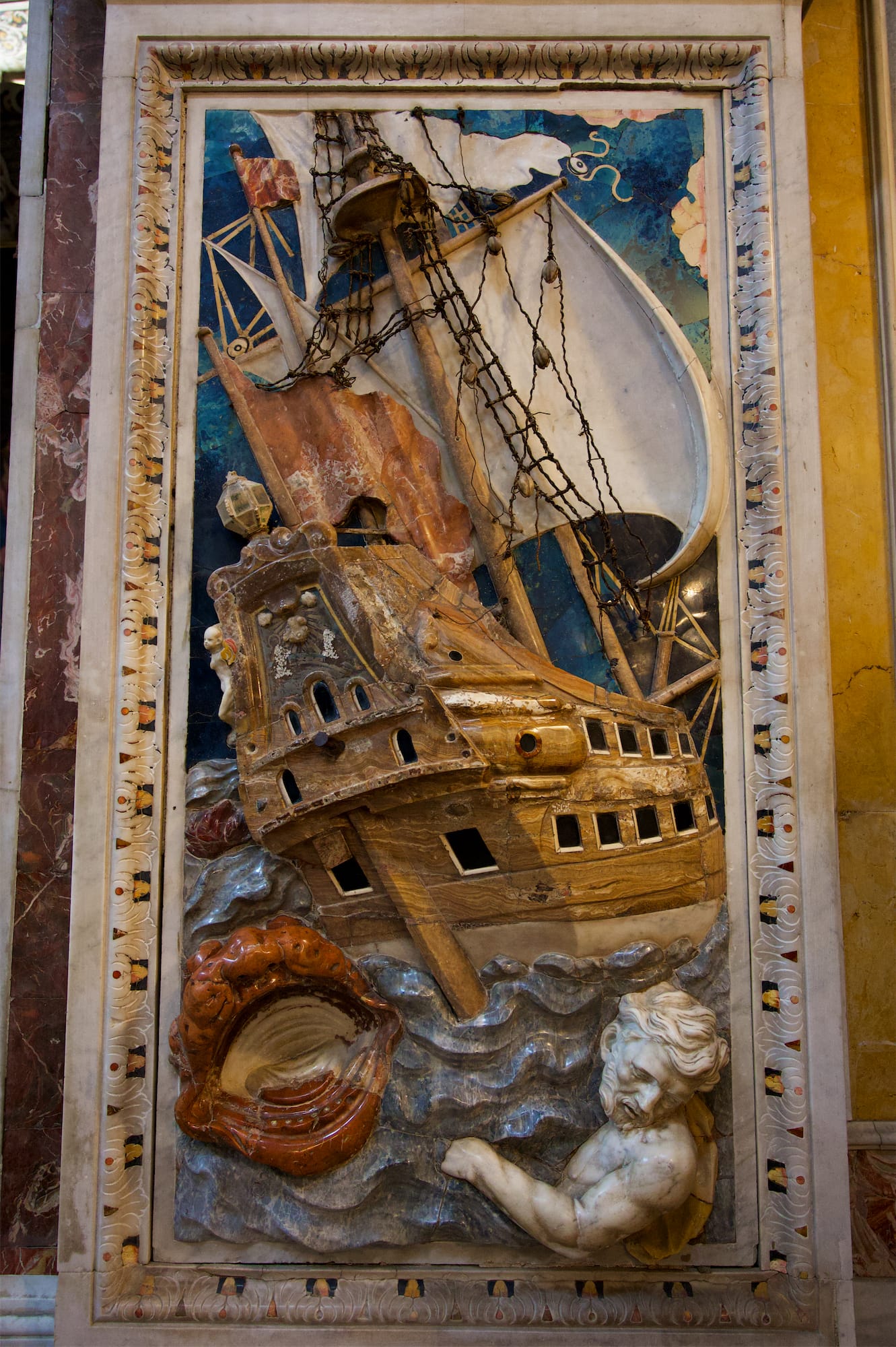
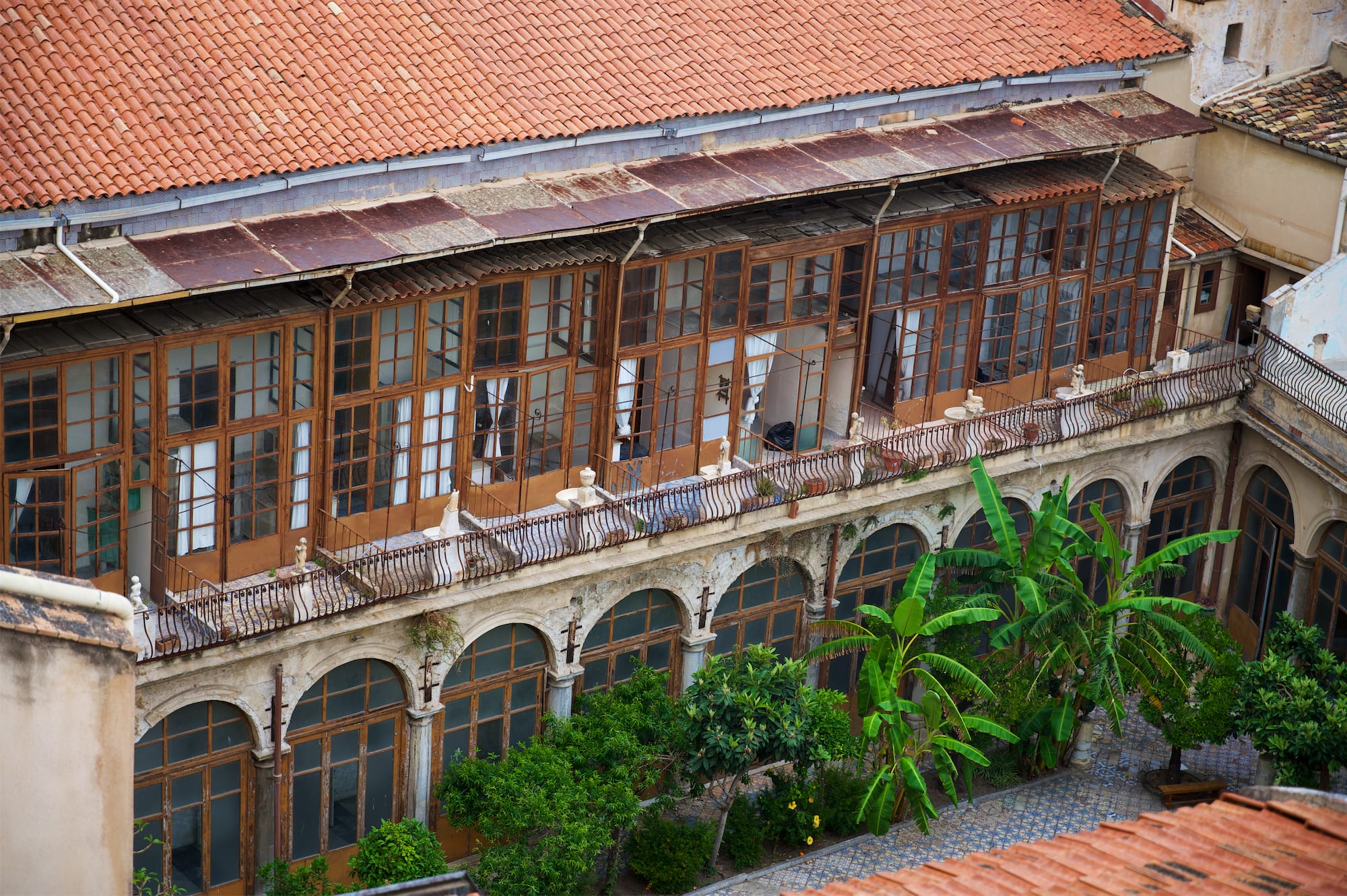
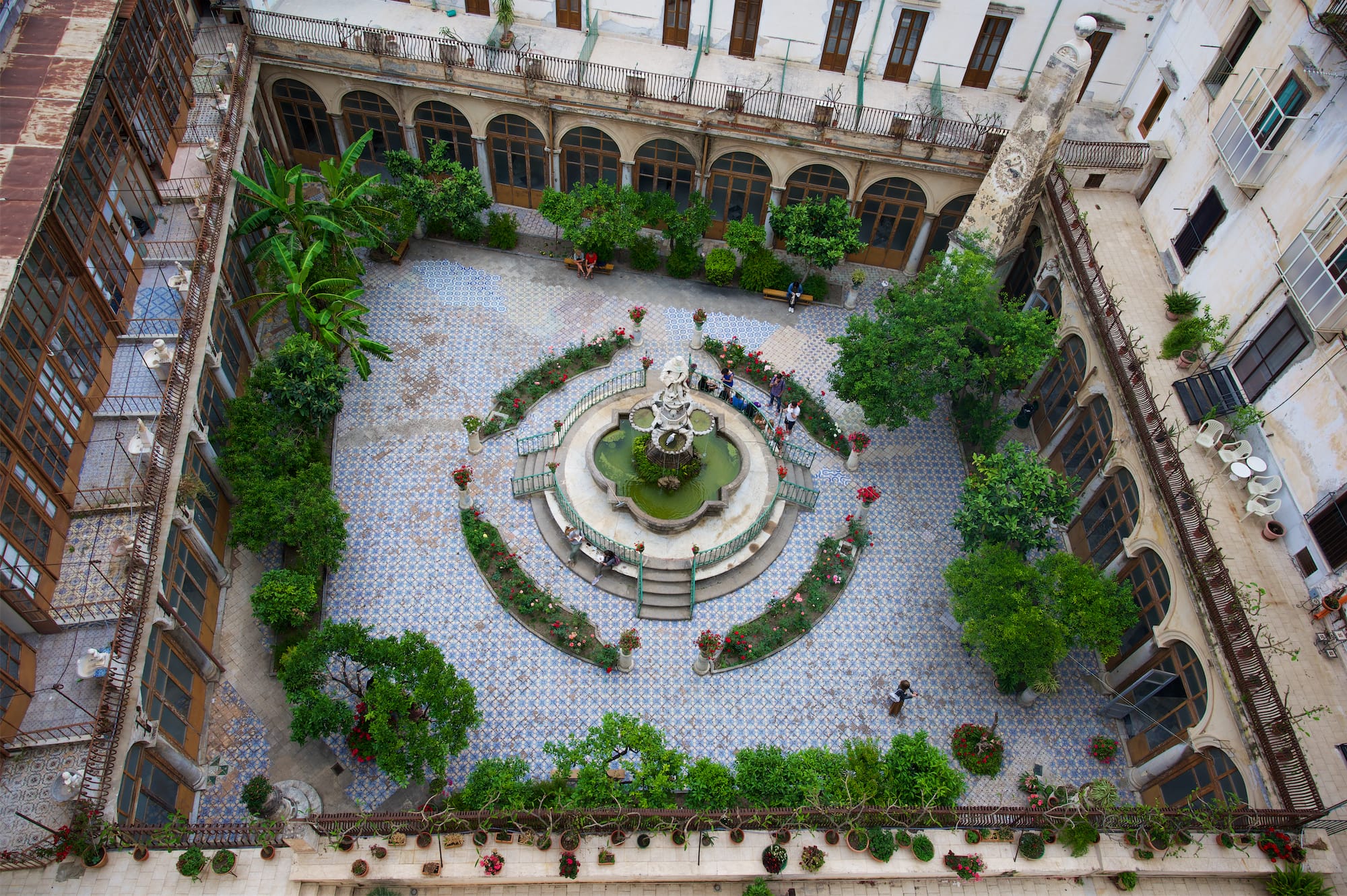
Continue your visit until you reach the external dome, from which you can enjoy a wonderful view of the Piazza Pretoria and the fountain of the same name.
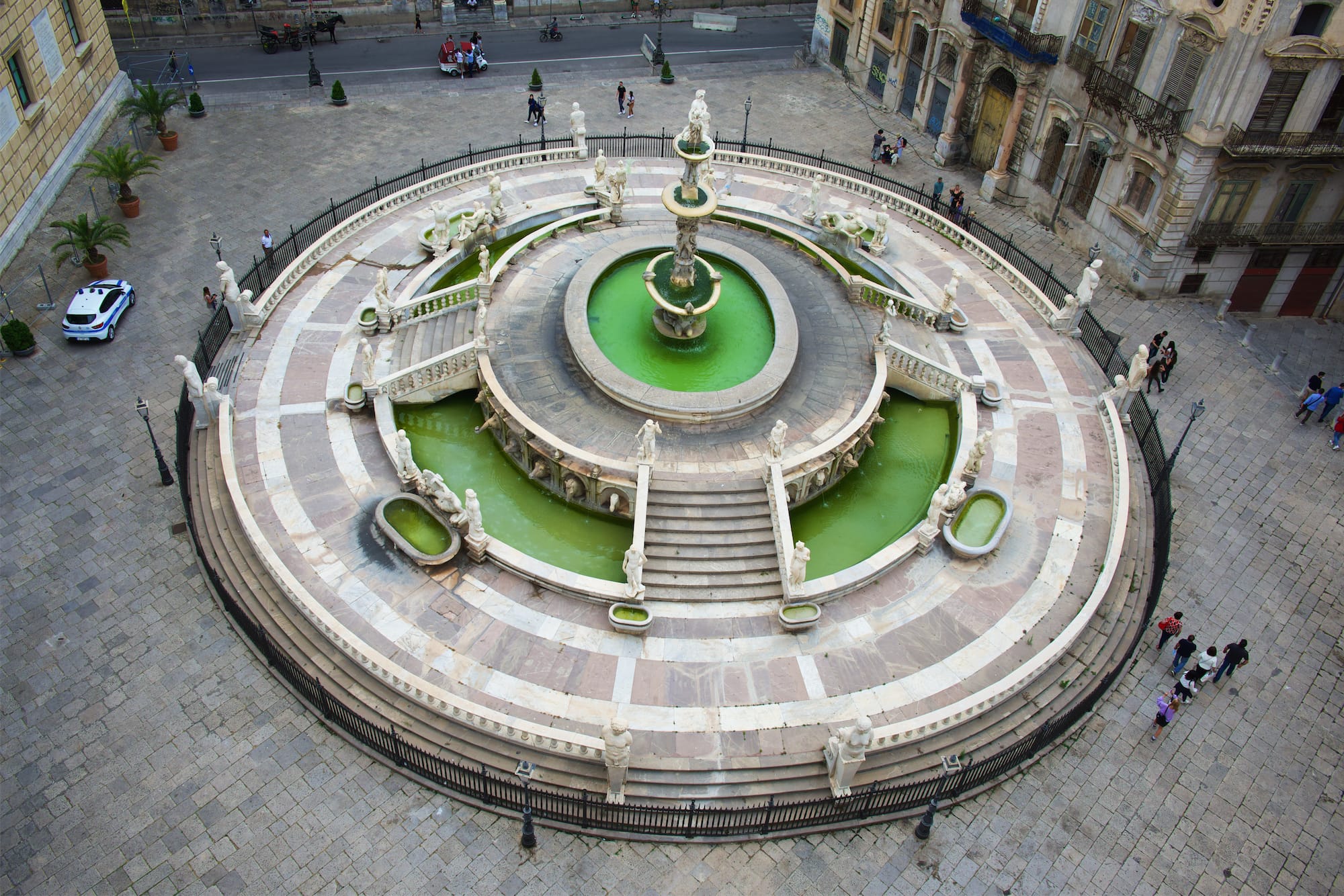
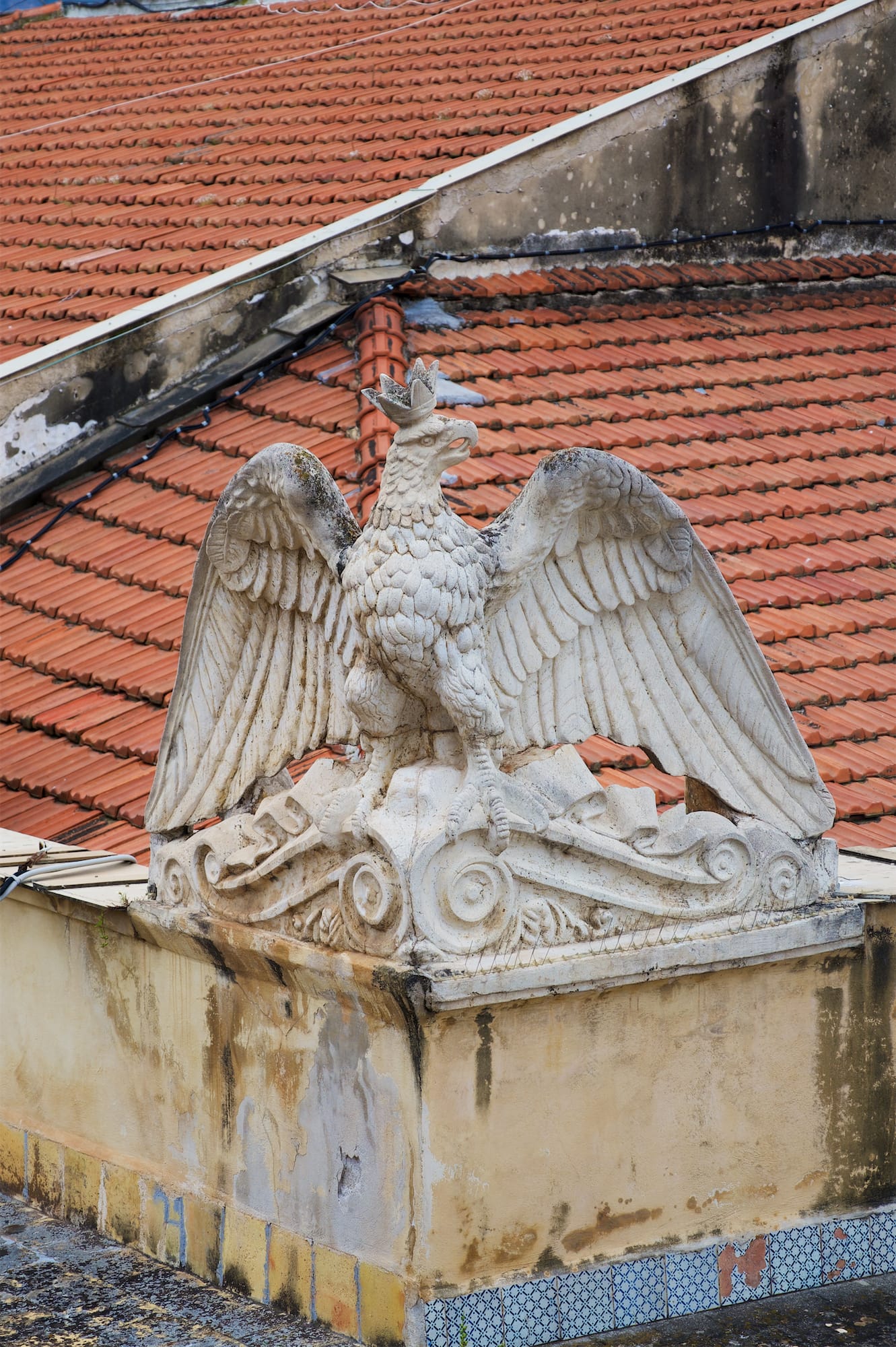

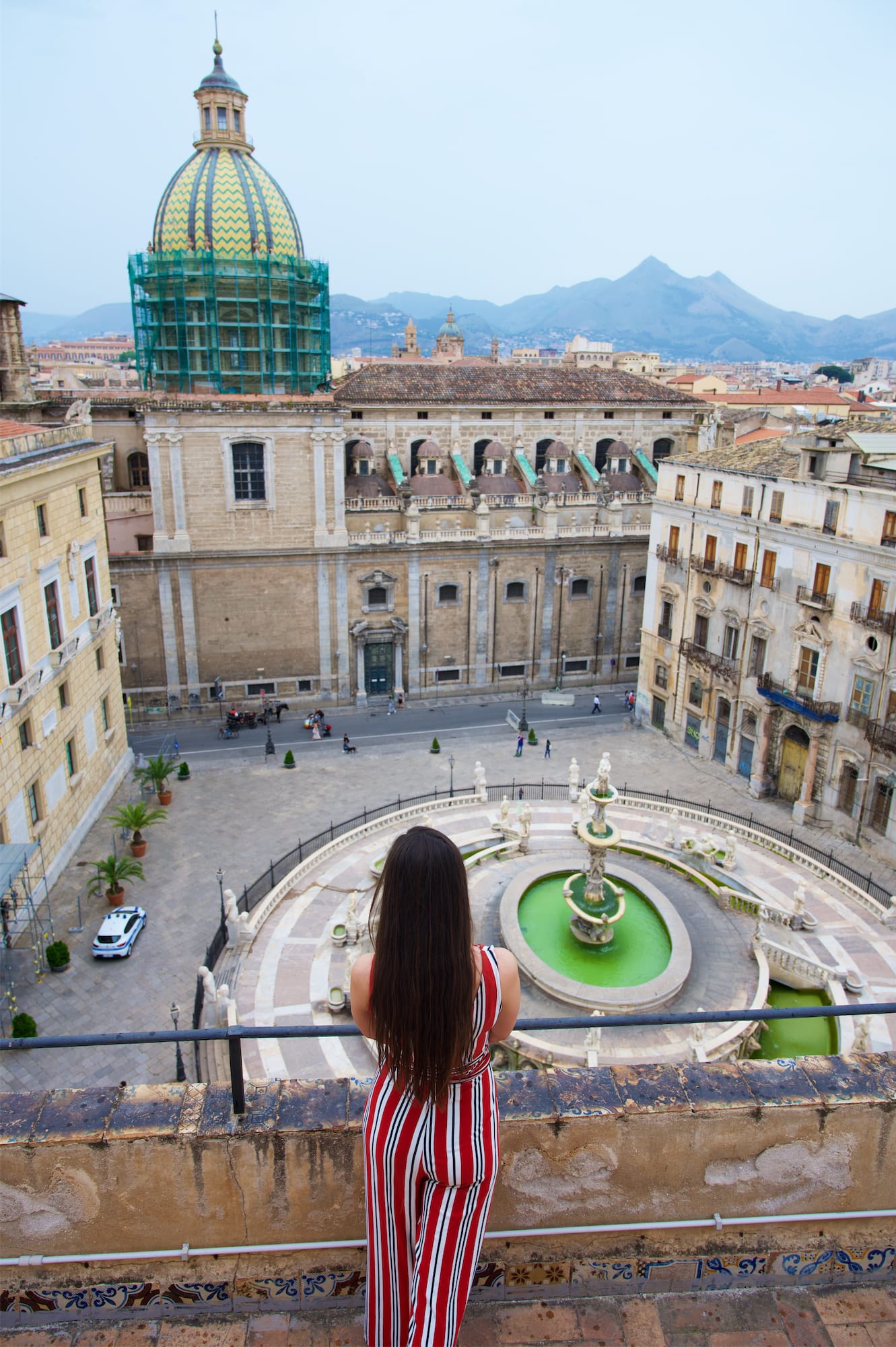
For a break in the cloister of the monastery, we recommend again a sweet snack from I segreti del Chiostro. The desserts are truly amazing to the point that we have been back several times.
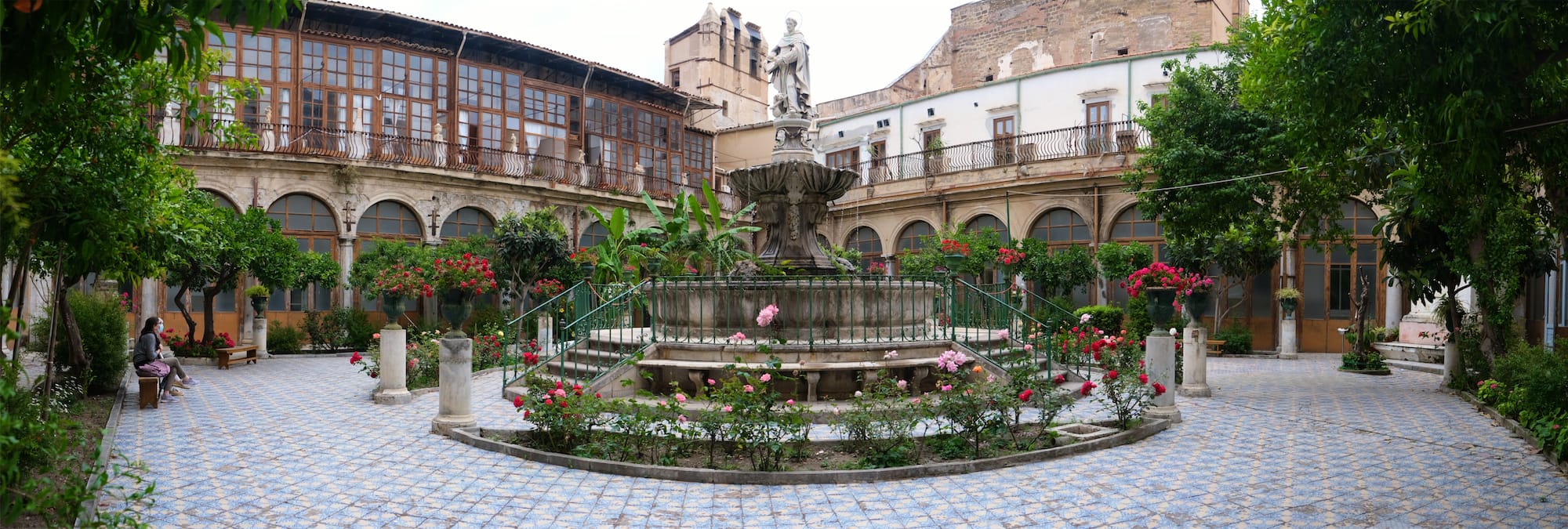
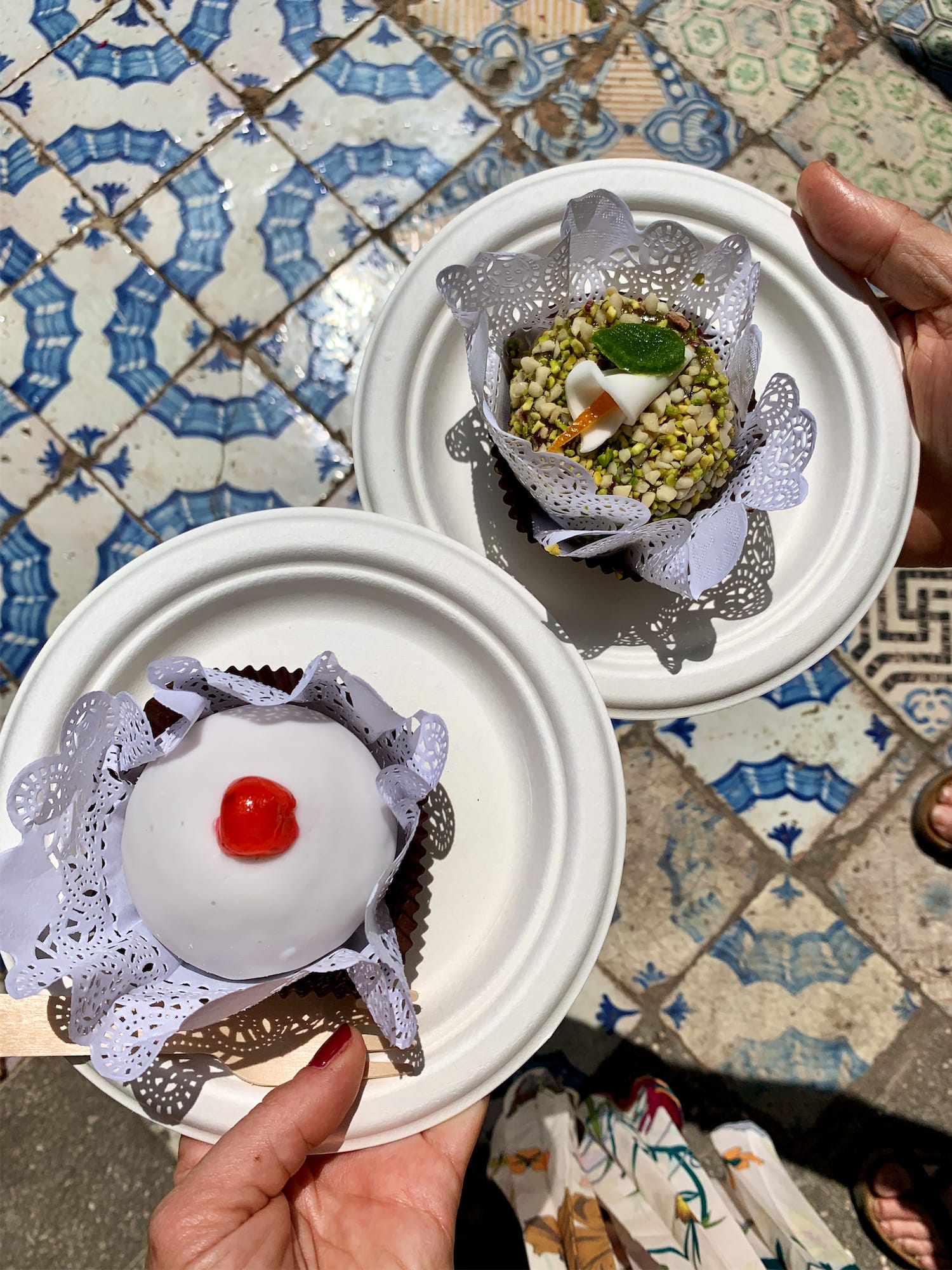
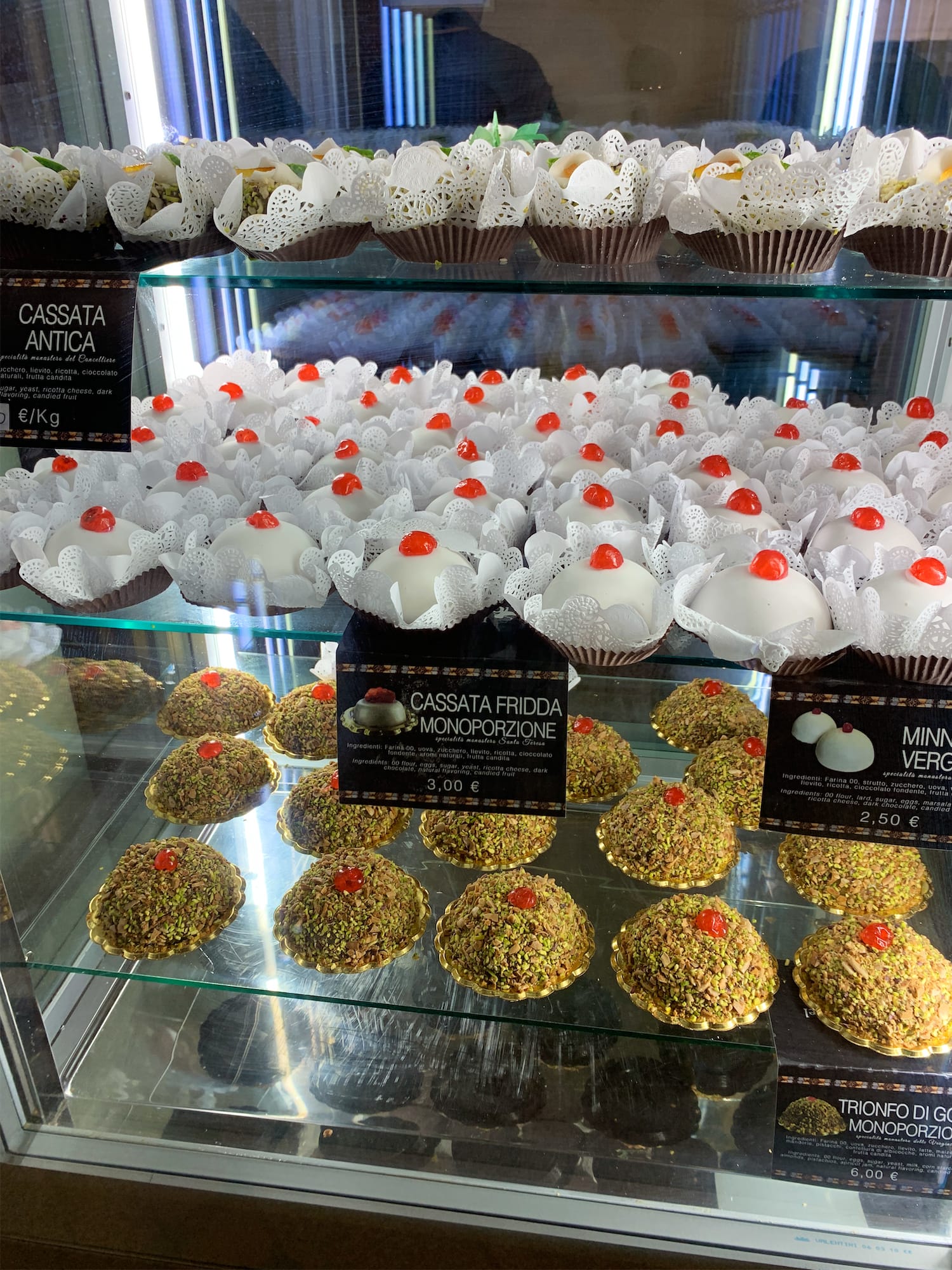
As soon as you leave Santa Caterina, you will find yourself in front of two other churches that deserve a visit: Martorana, with its splendid golden mosaics reminiscent of the Cappella Palatina and the nearby San Cataldo, with a curious Arabian exterior with red domes, instead very bare in the austere interiors and without particular decorations.

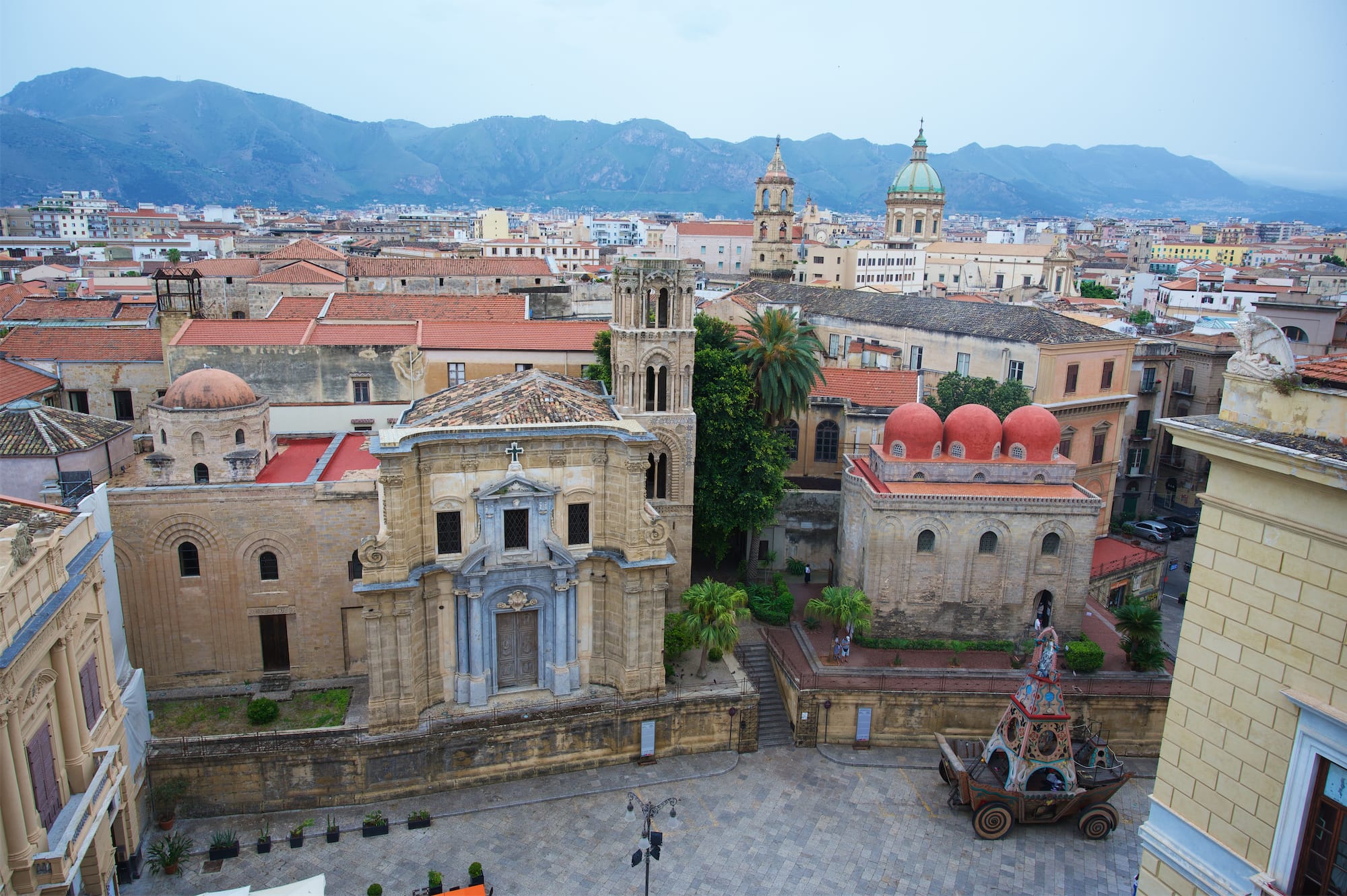
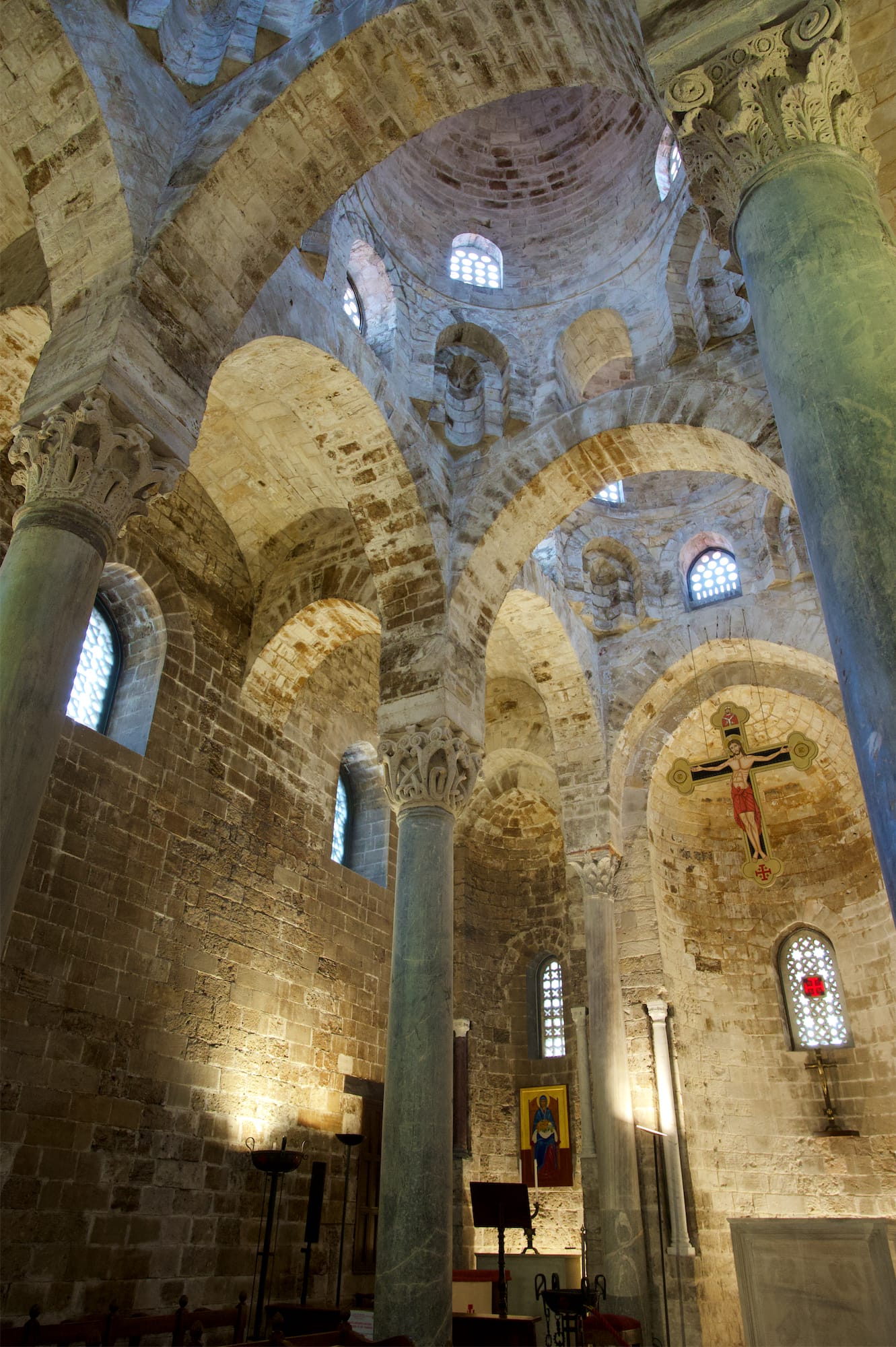
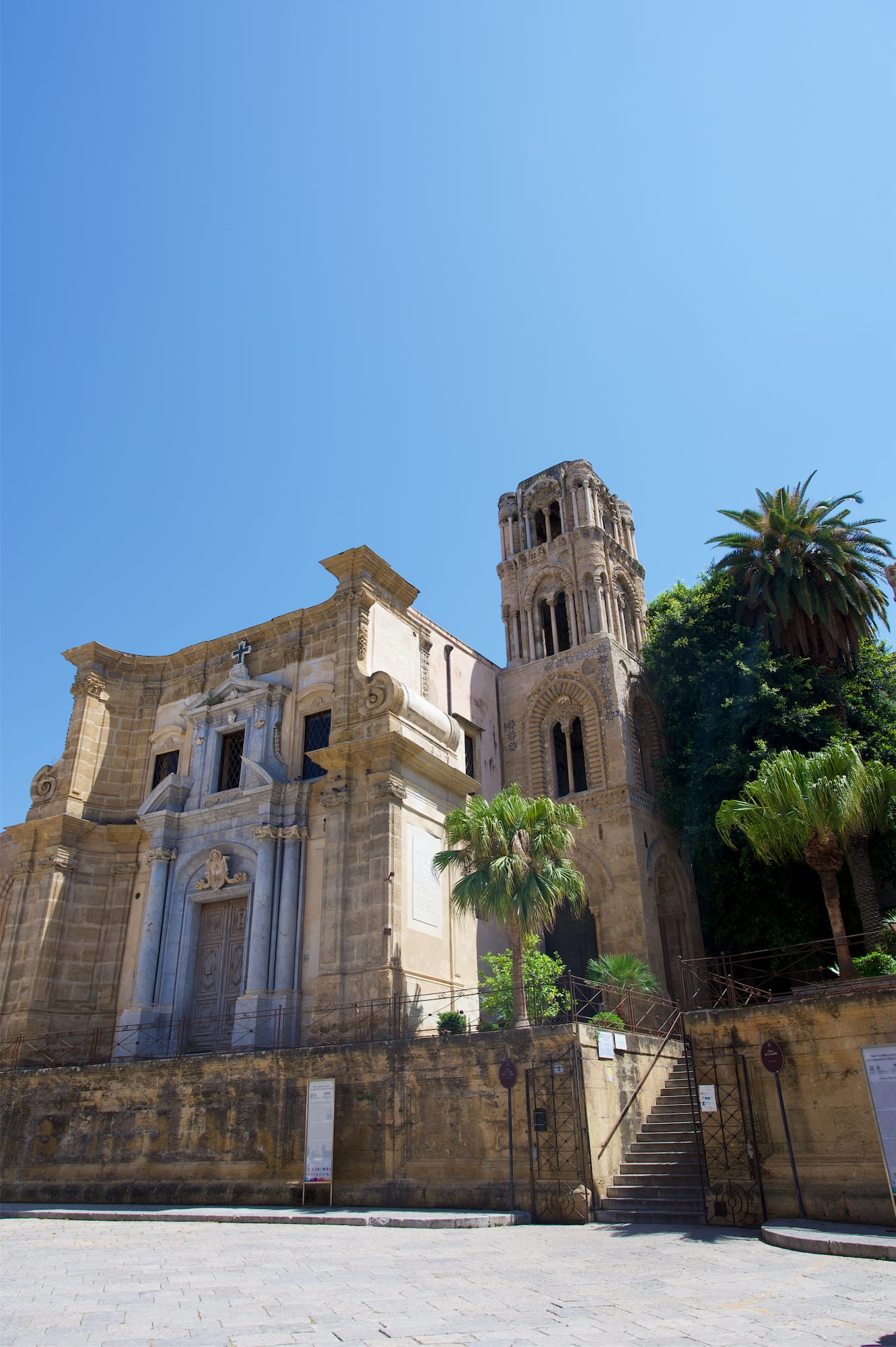
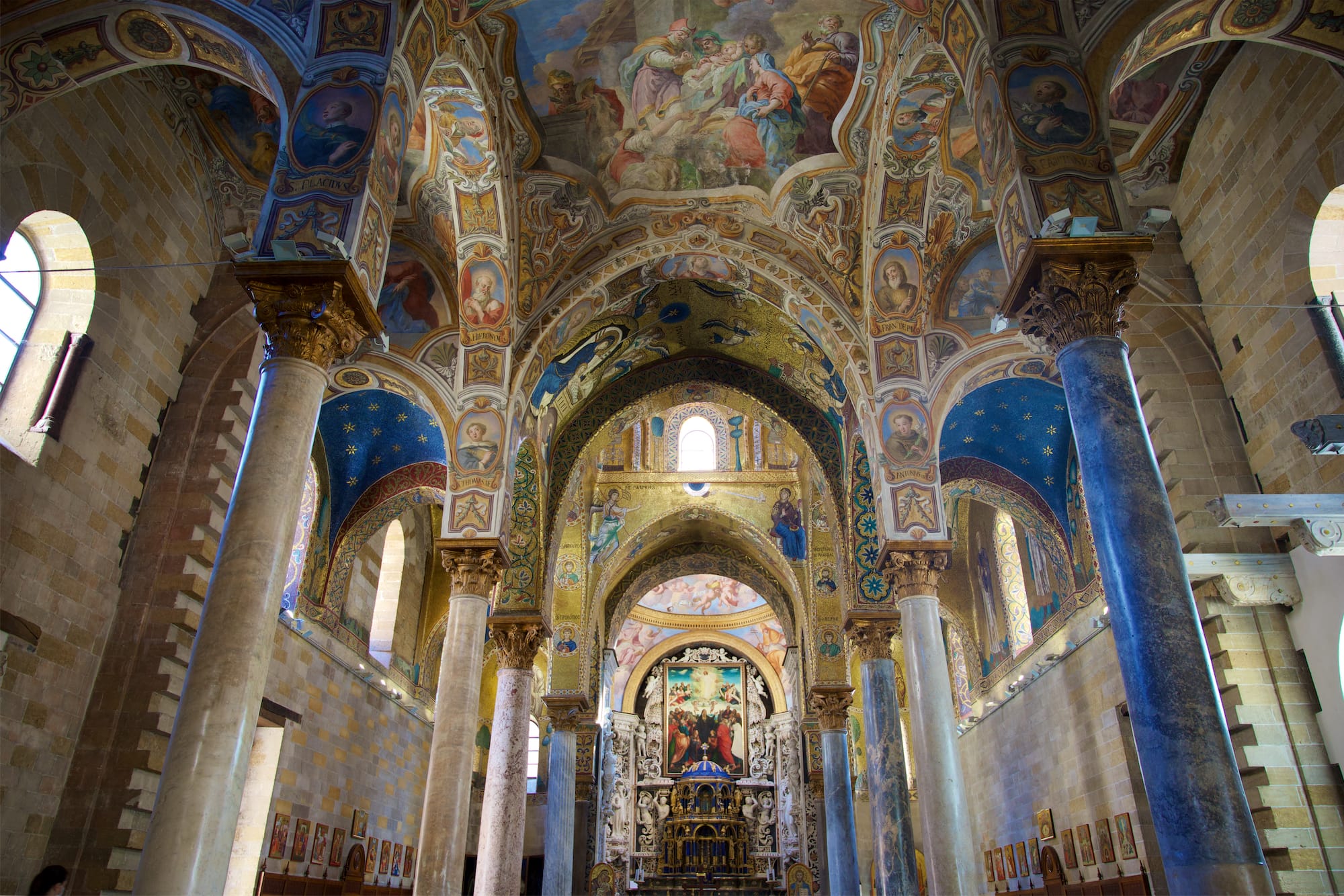
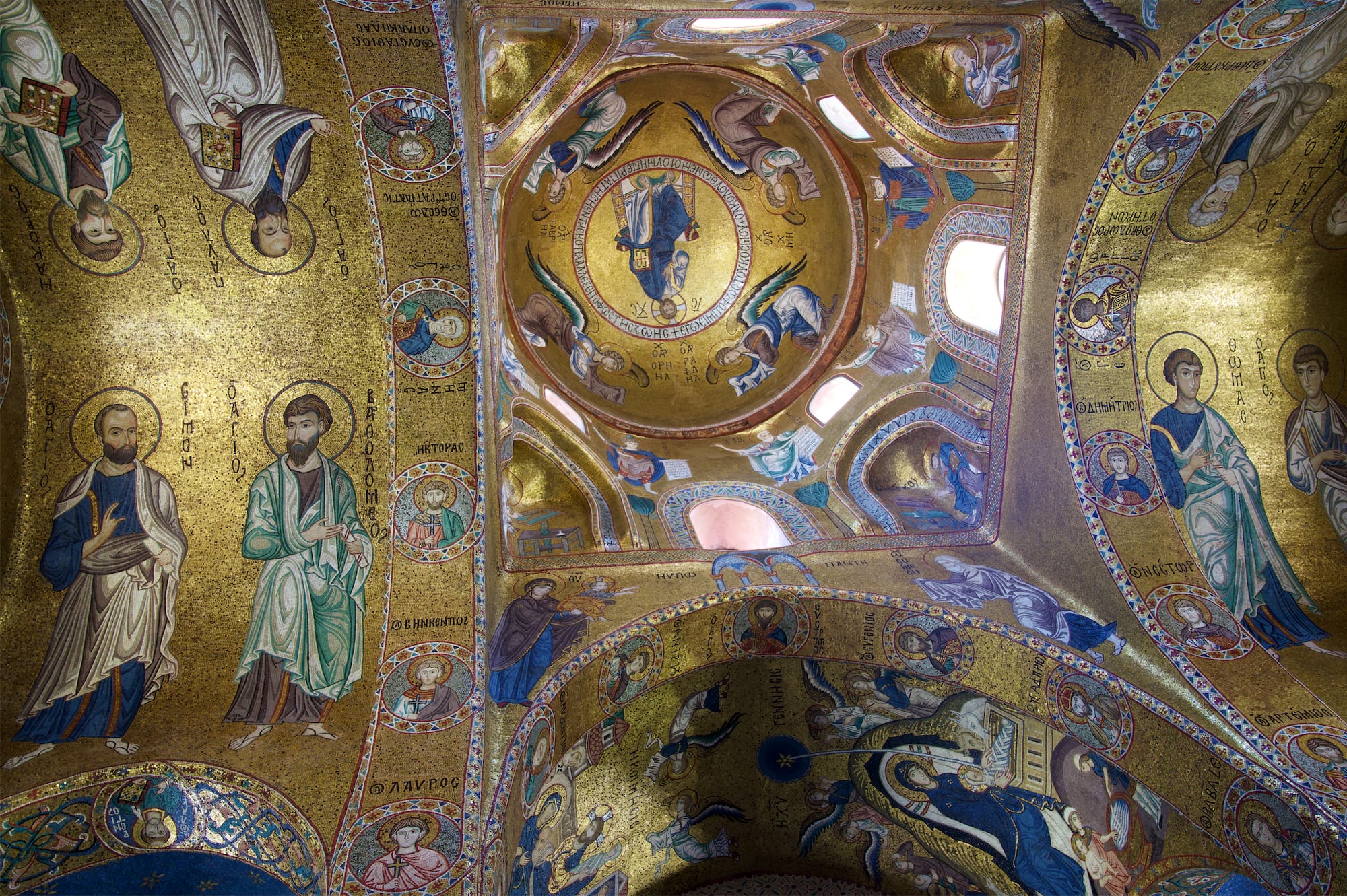
Retrace your steps towards Quattro Canti and from here continue along Via Maqueda. On the way to the next stop, you will find several spots for a sweet snack based on cannolo at Costa or for arancine at Ke Palle.
Teatro Massimo undoubtedly deserves a visit, not only for its size which makes it the largest theater building in Italy and the third in Europe, but also for all the technical precautions and attention to detail that were used in its construction. Its stage is among the few that in its 1,200 square meters have hosted not only particular scenery and horses, but even elephants! Other peculiarities are undoubtedly the ceiling of the auditorium, with a series of panels able to open outwards and finally the Pompeian room, which with its particular acoustics allowed the guests of the theater to chat in a reserved way while being in a common room.
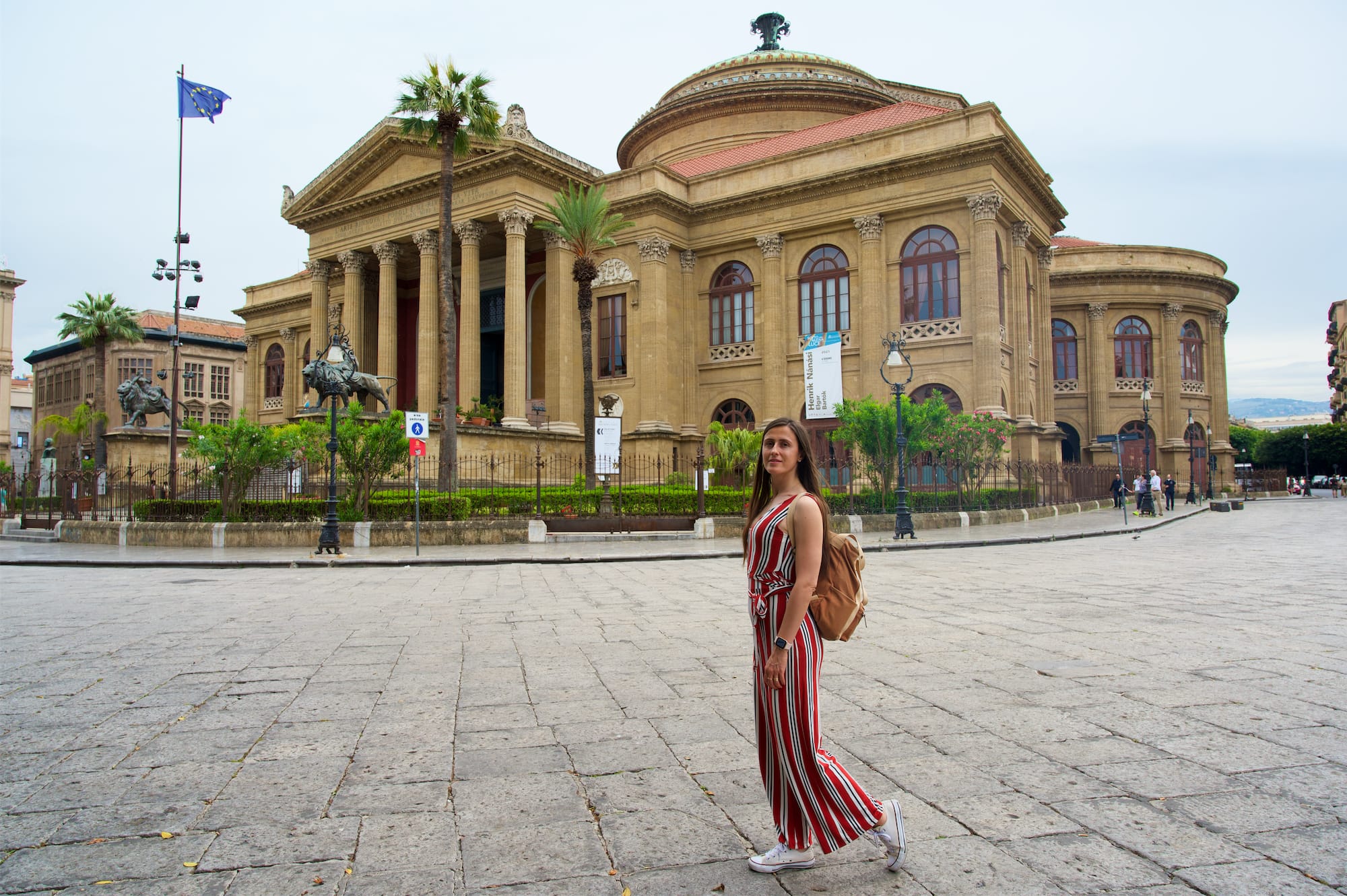
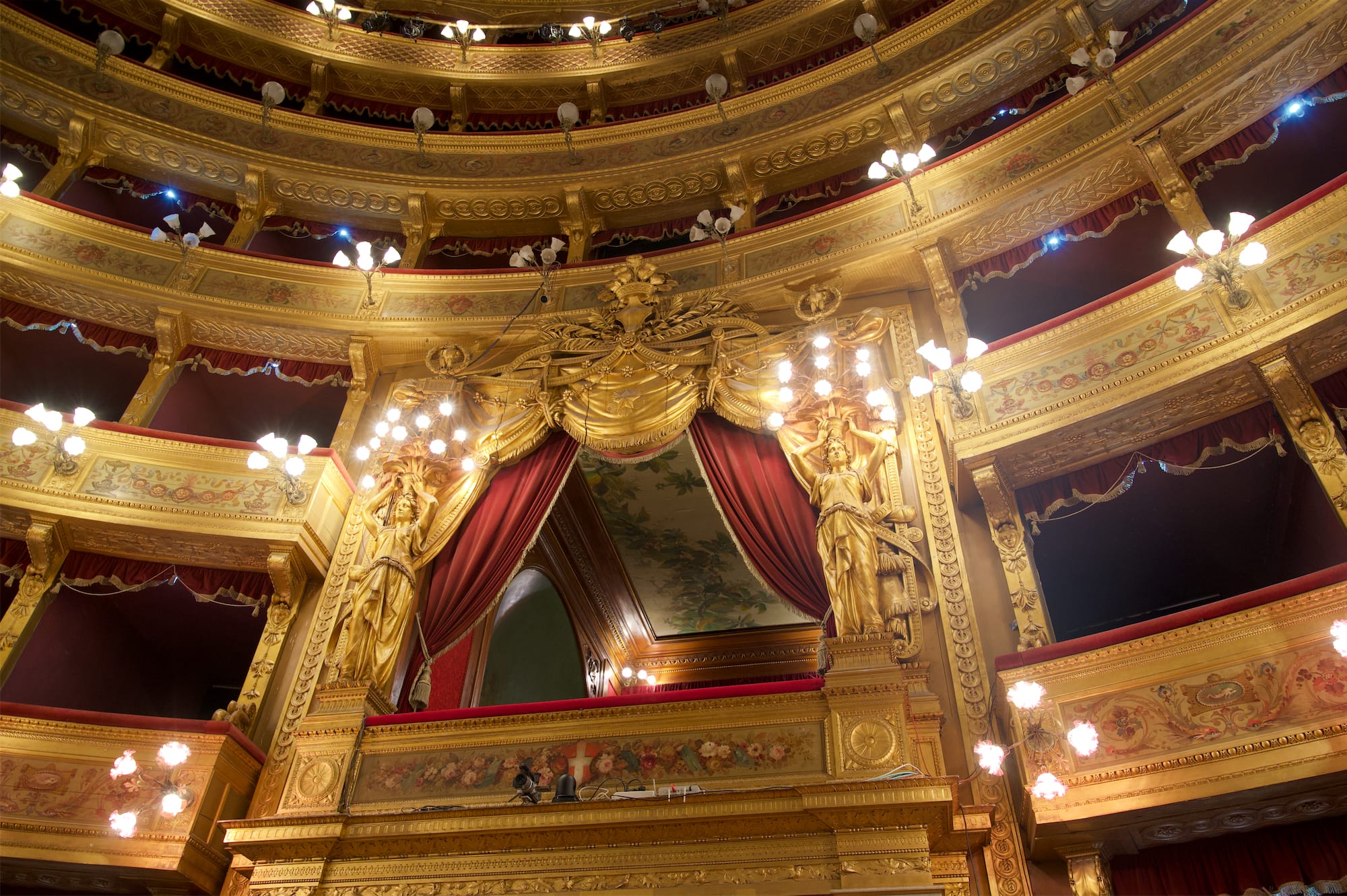

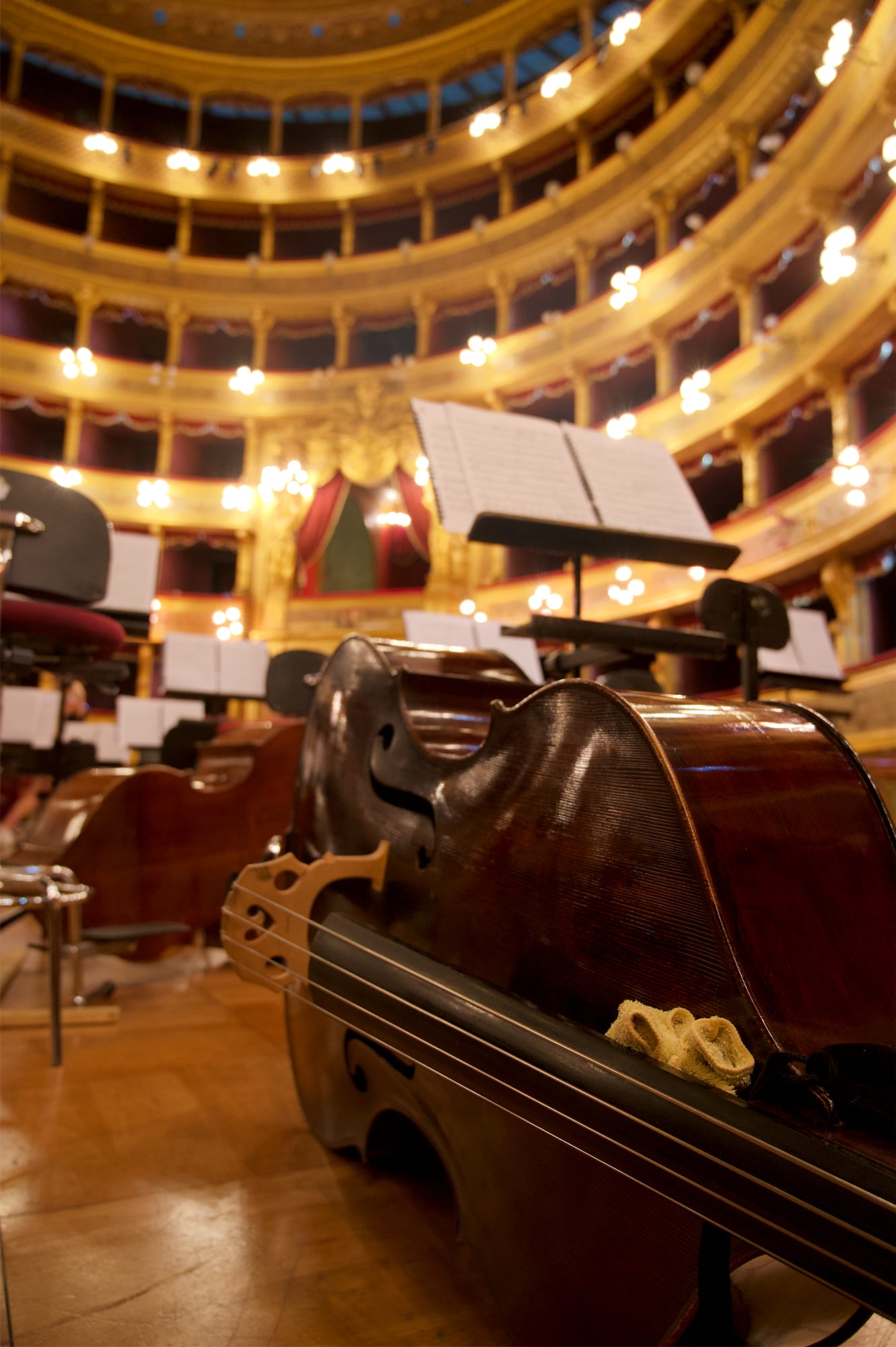
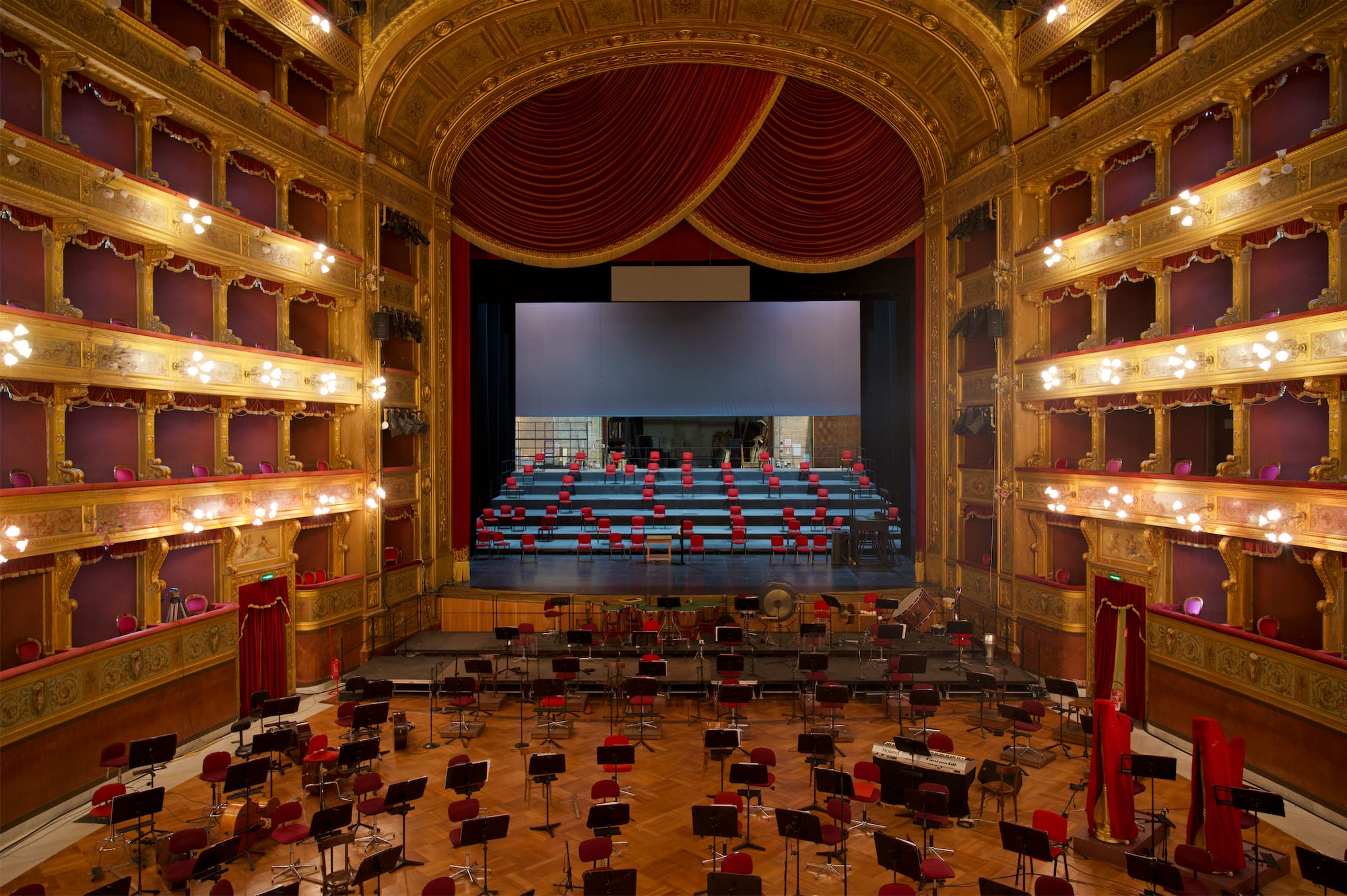

Then continue until you reach the imposing Teatro Politeama, which is on the other side of the road.
From here begins the elegant Via della Libertà, overlooked by buildings with a classic style and trendy shops.
Retrace your steps until you reach some noteworthy religious buildings, including the Oratorio del Rosario di Santa Cita and the Cappella dei Lanza in the Chiesa di San Mamiliano (formerly Santa Cita). A real triumph of Baroque art, with a set of stuccos representing scenes of daily life, angels and saints.
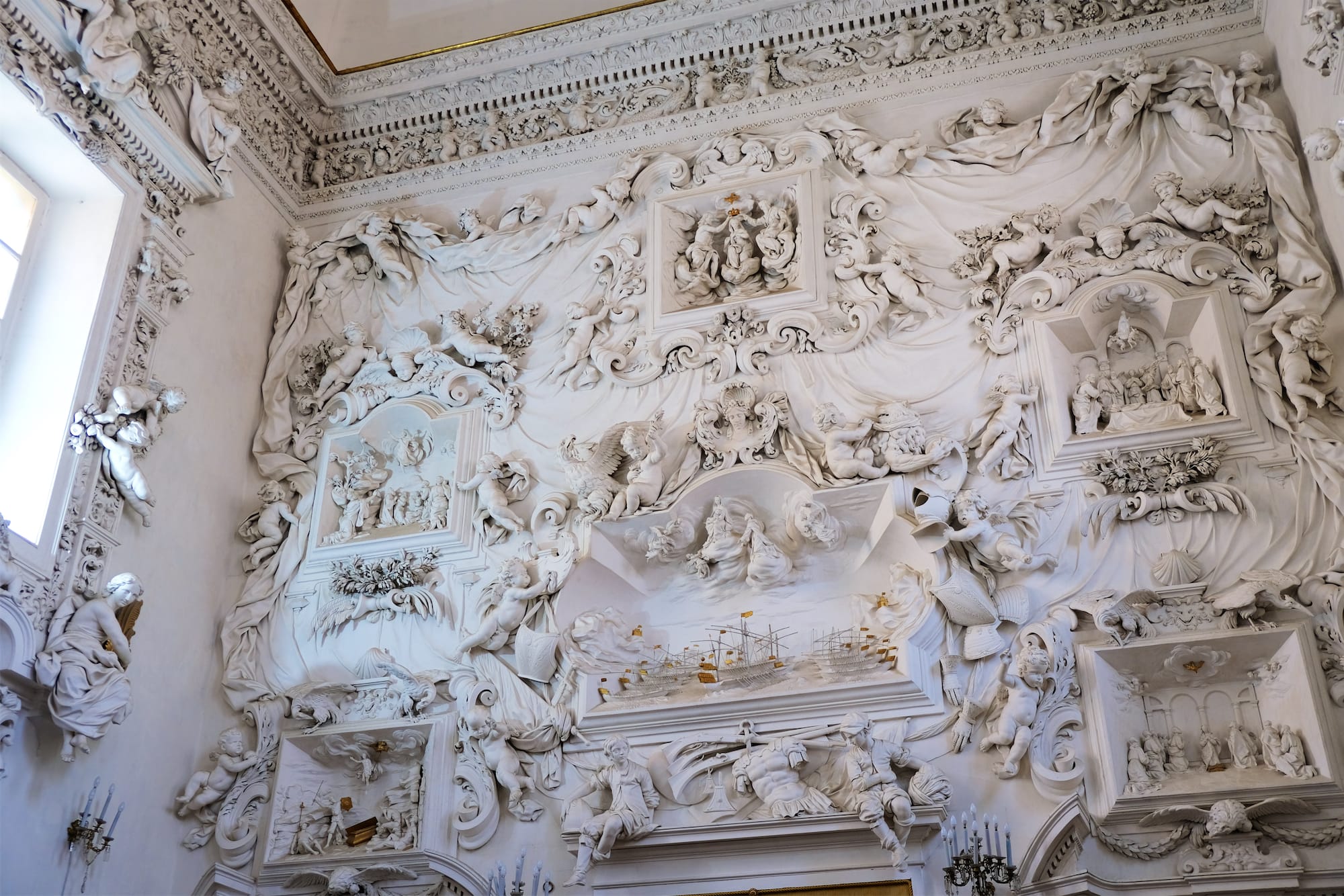


A short distance away, make a stop at Rinascente, from whose balcony you can admire the beautiful view of the square below and the Chiesa di San Domenico. From here, the Vucciria market begins, much smaller when compared to that of Ballarò, offering different types of street food.
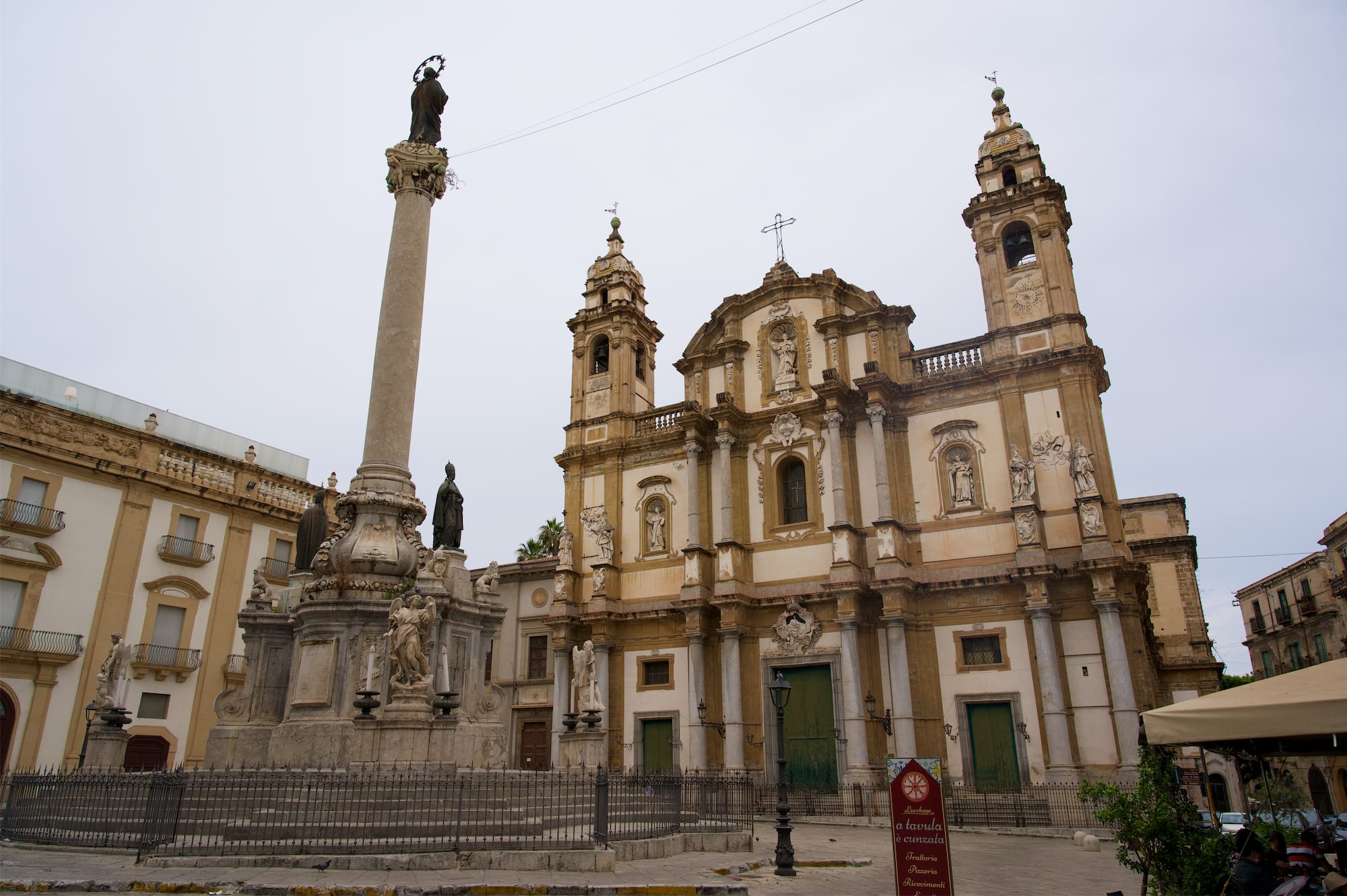
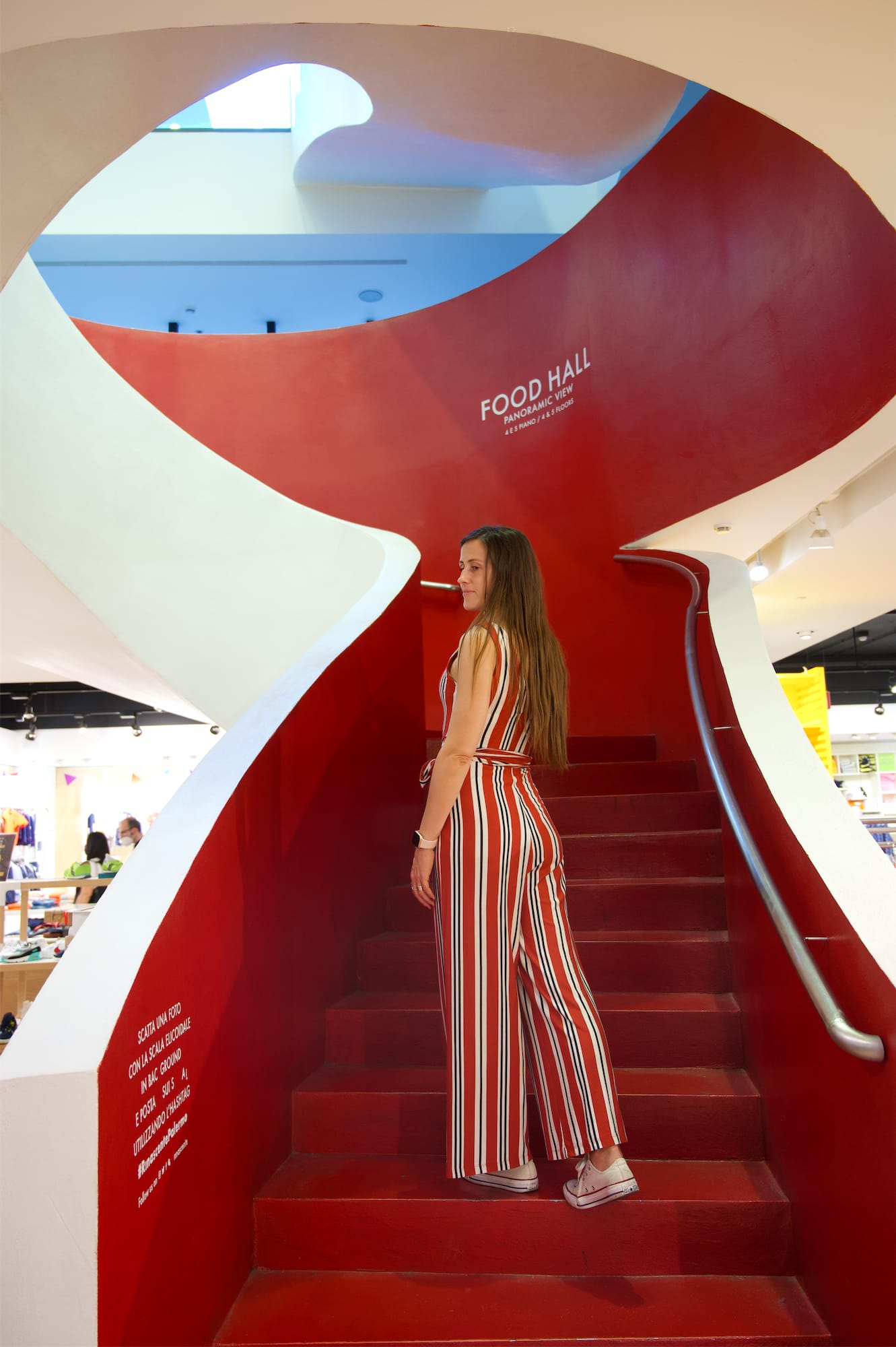


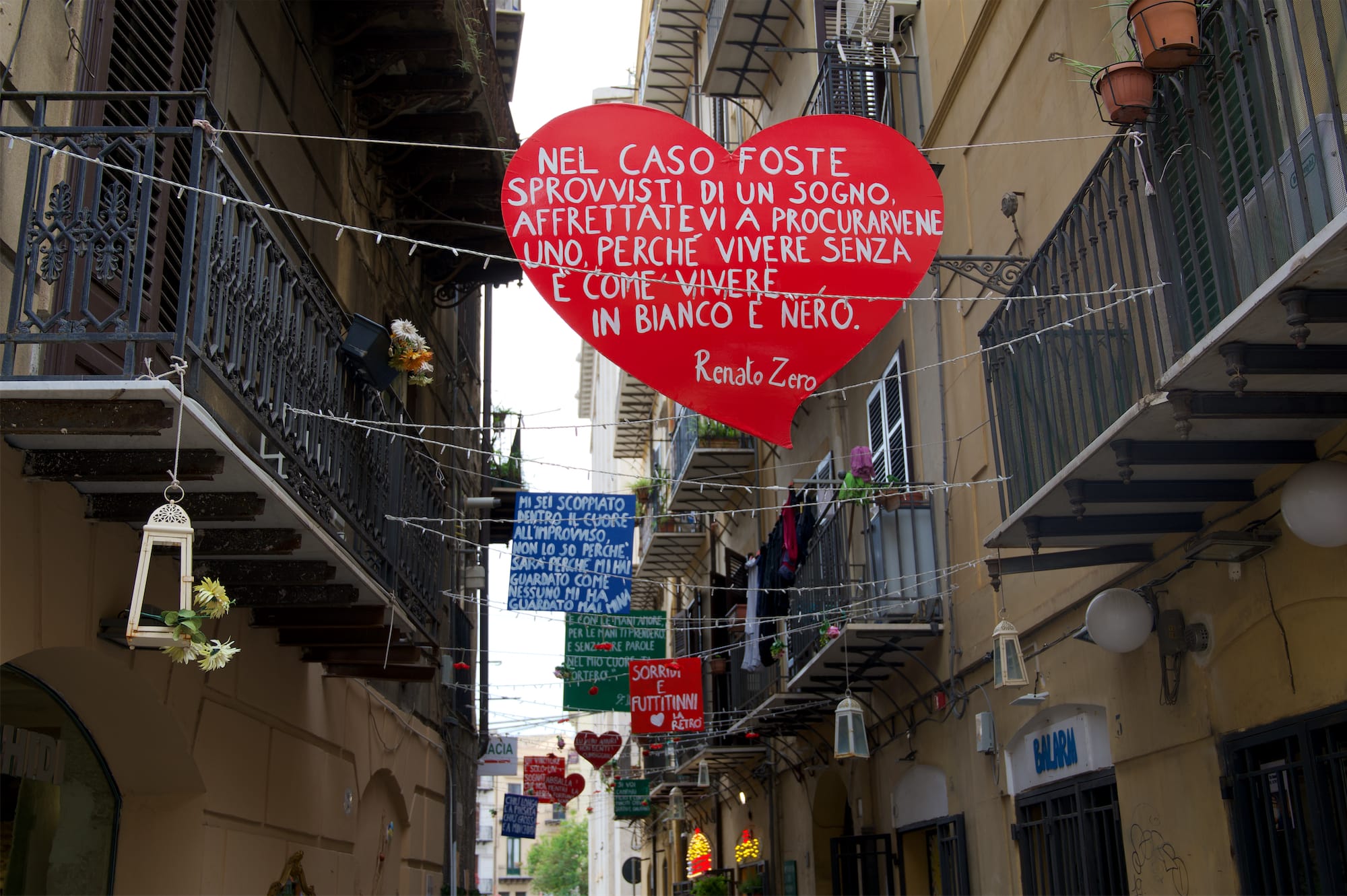
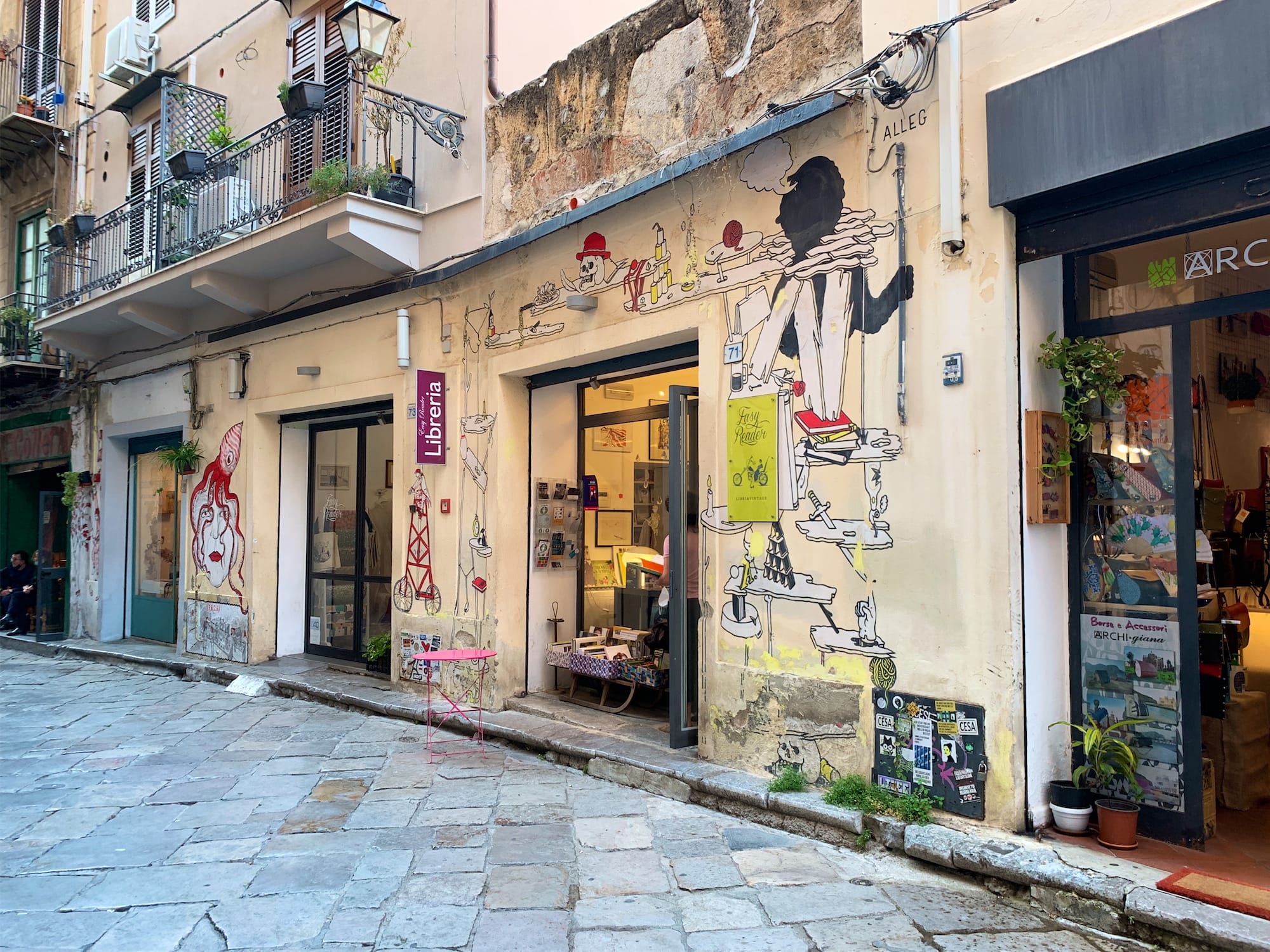
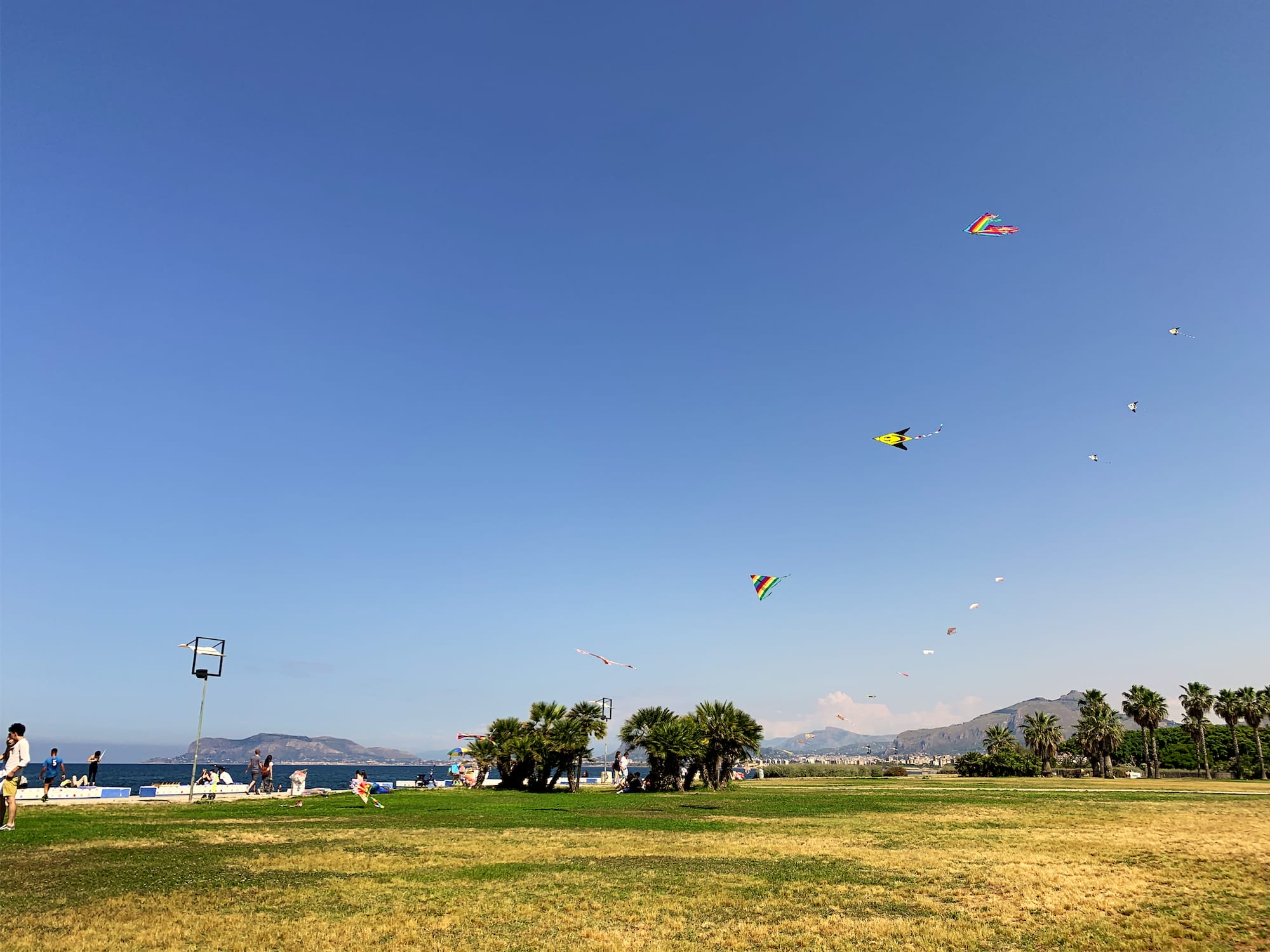
Continue in the direction of the seafront, towards Piazza Marina: it is one of the largest in the city and largely occupied by a garden where there is also a historic ficus of impressive size. From here the sea is really close and if you like it, you can continue for a nice walk along the Foro Italico. In the area there are also some noteworthy murals, such as the one dedicated to Borsellino and some of impressive dimensions, placed on the facades of public houses, dedicated to themes related to integration and religion.
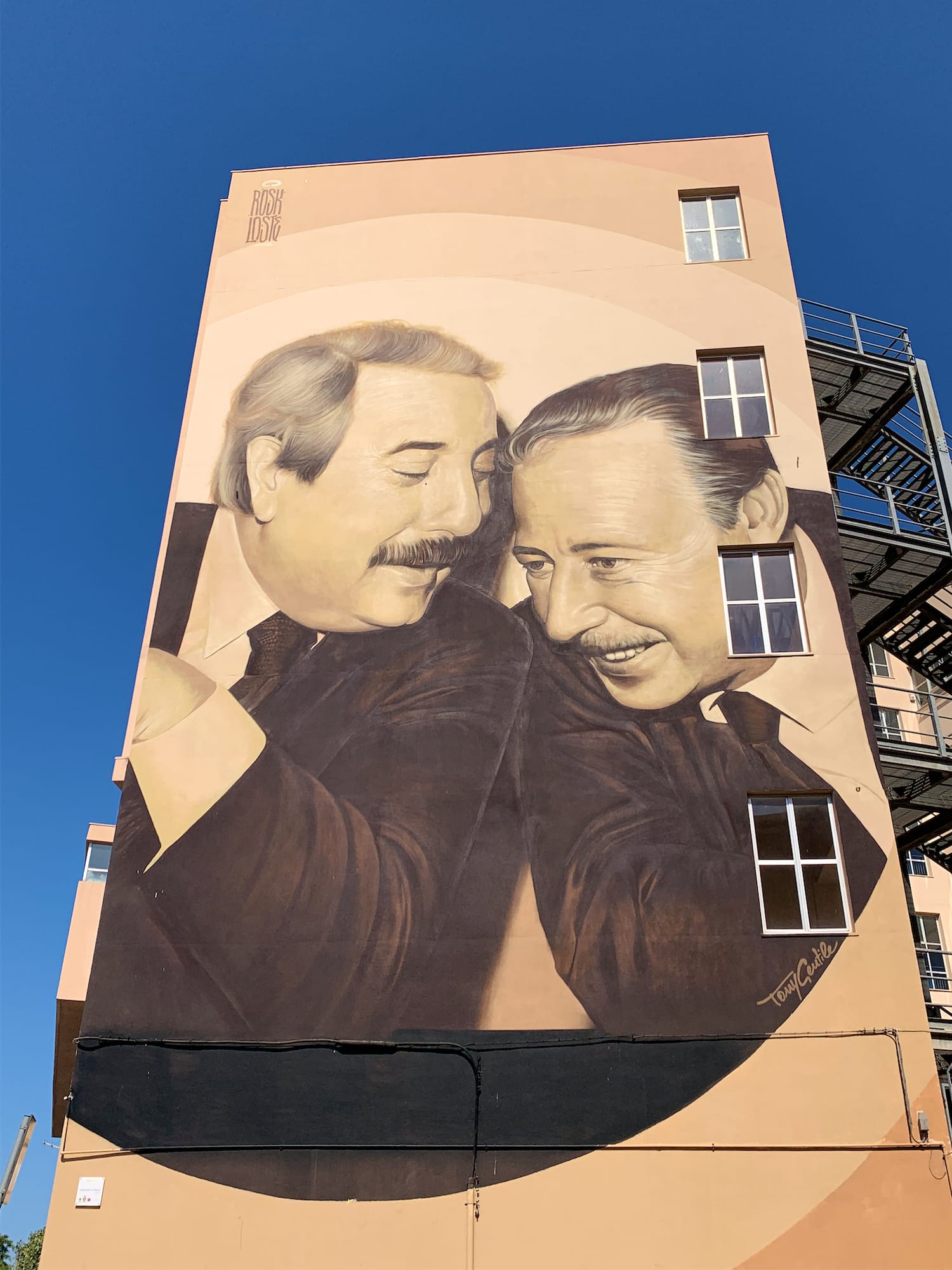
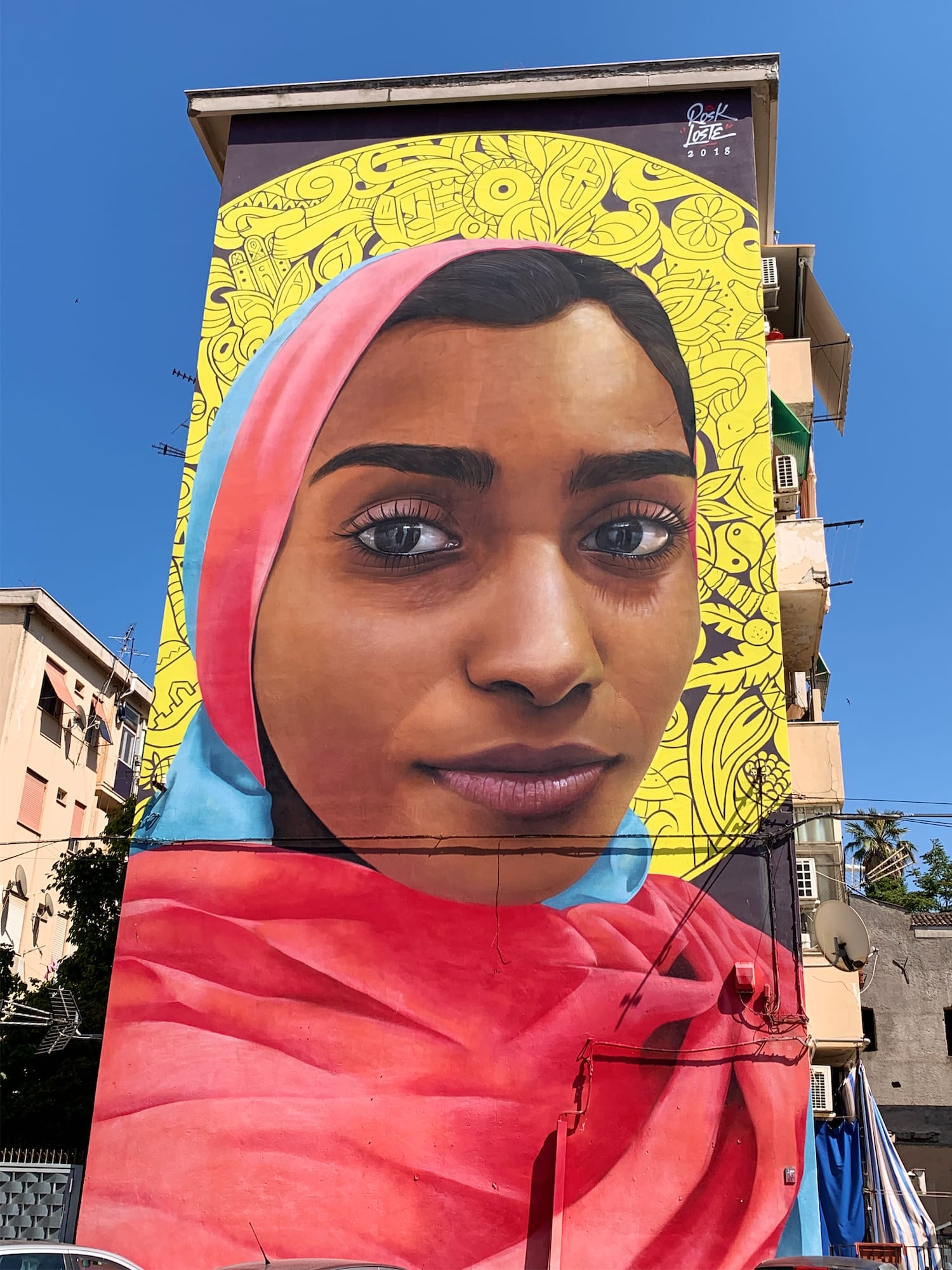

The last stop on this tour is Santa Maria dello Spasimo, the interior of which is in the open air. Not much remains of the church, except for the walls of the main aisles. Today the church is a cultural center for events and concerts.
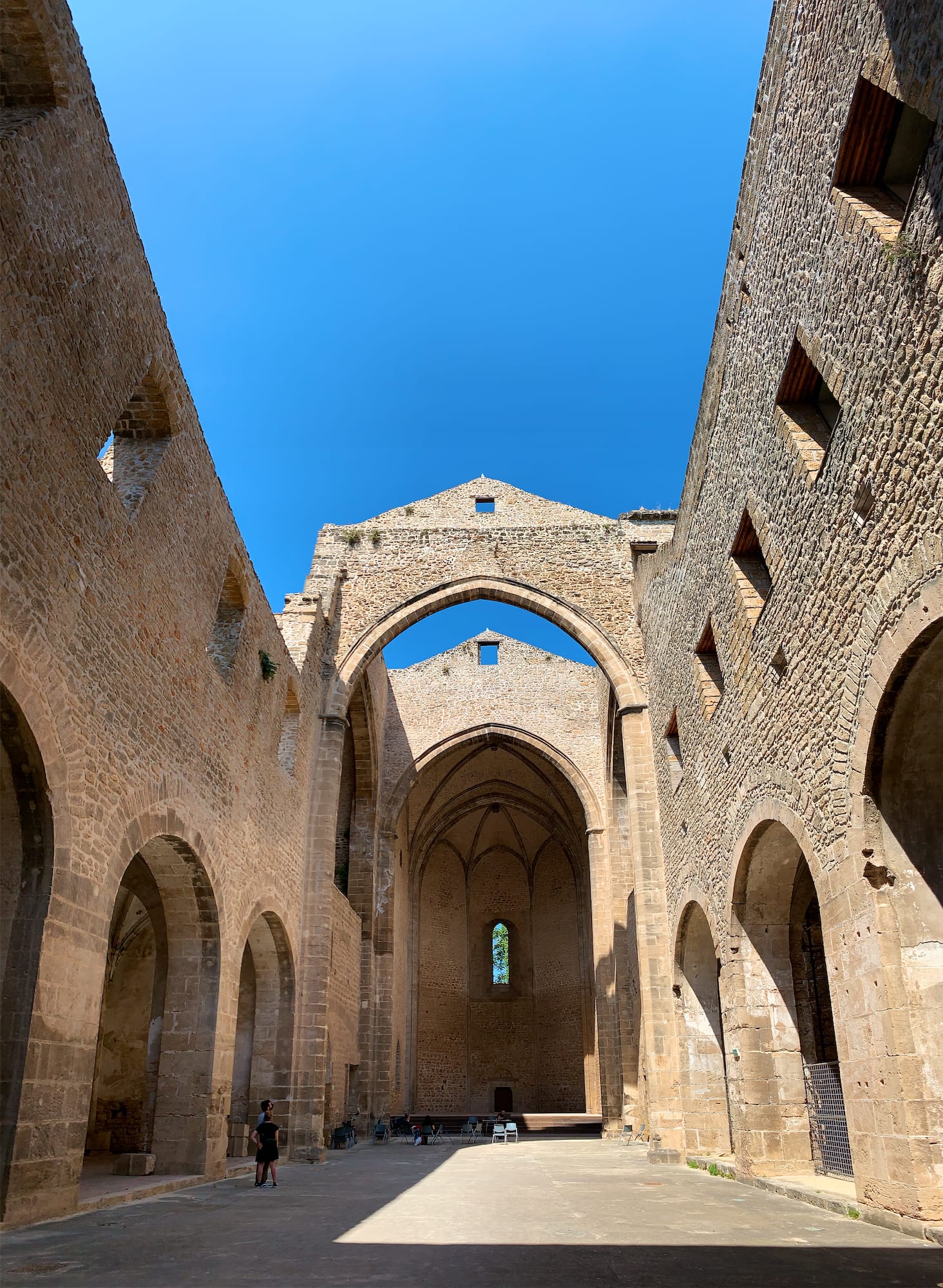
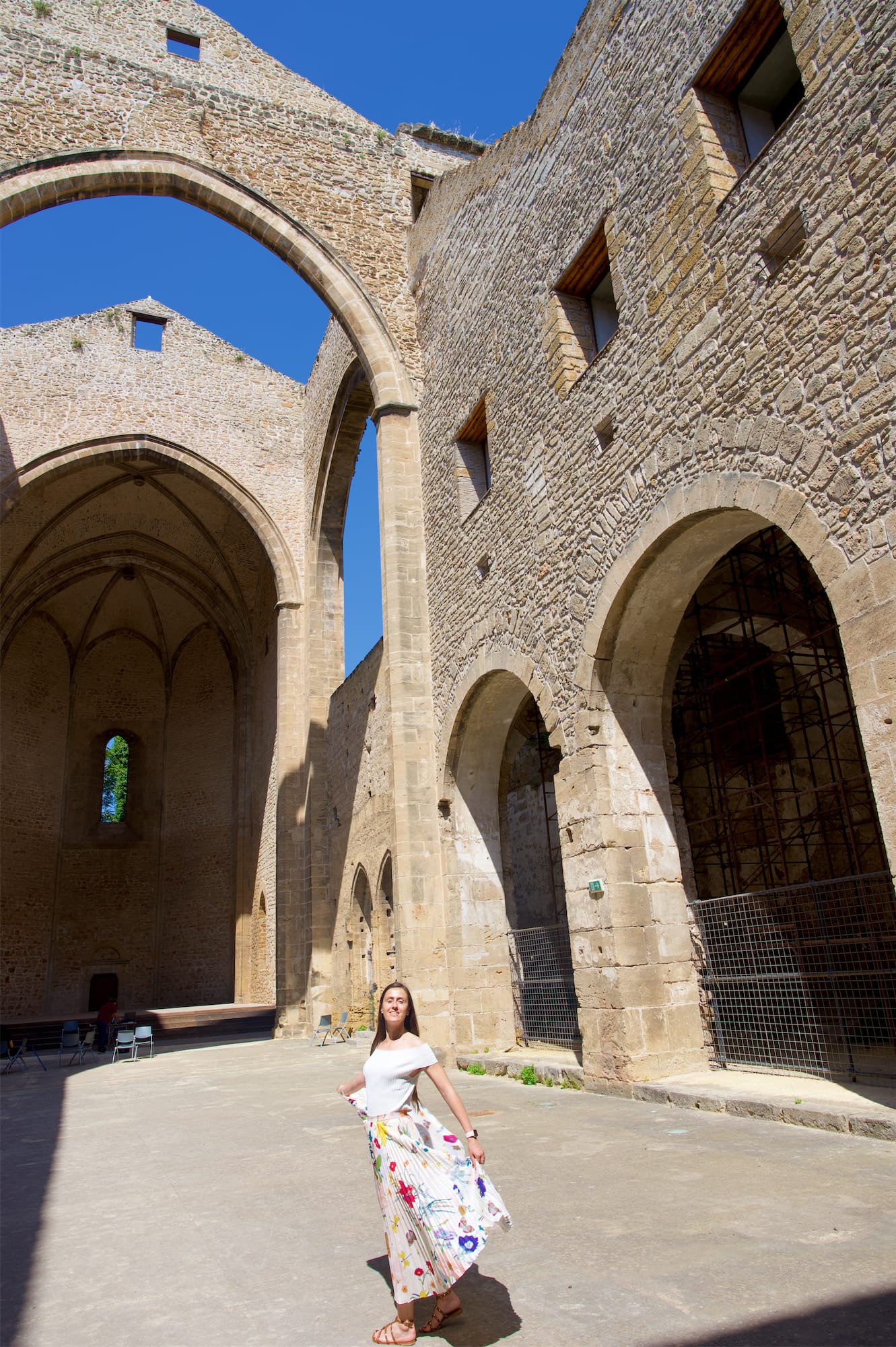
There would still be a lot to see and learn more about Palermo. In this first glimpse we have left behind museums and some noteworthy buildings. It will be a good reason to return to visit it in the future!

Around Palermo
About 40min away from the center in an elevated position in a hilly area, there is the unmissable Cathedral of Monreale, which undoubtedly deserves to be included in your tour. The building impresses from the outside for its impressive dimensions, also created by the inclusion in the structure of a Benedictine monastery.


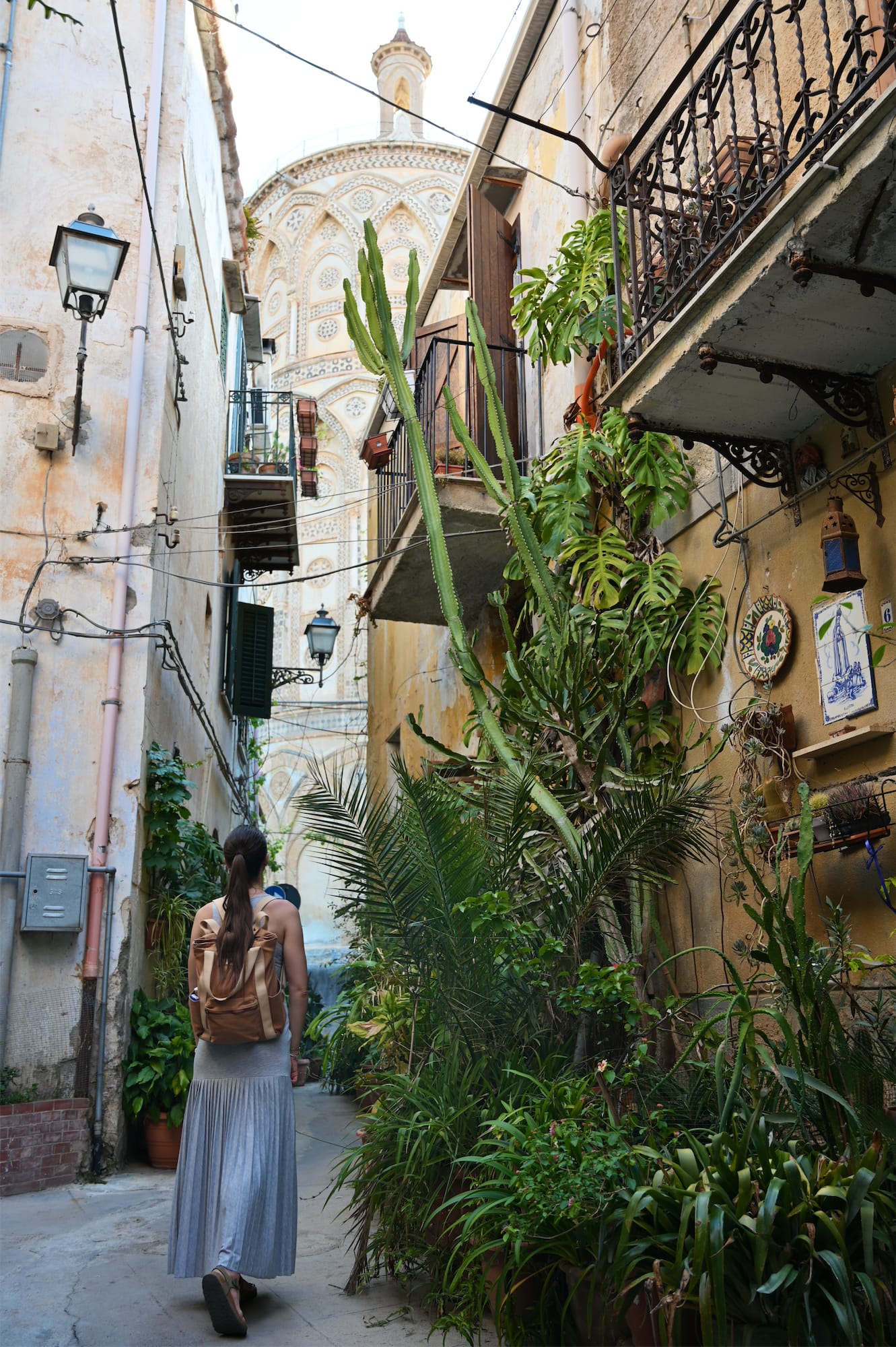
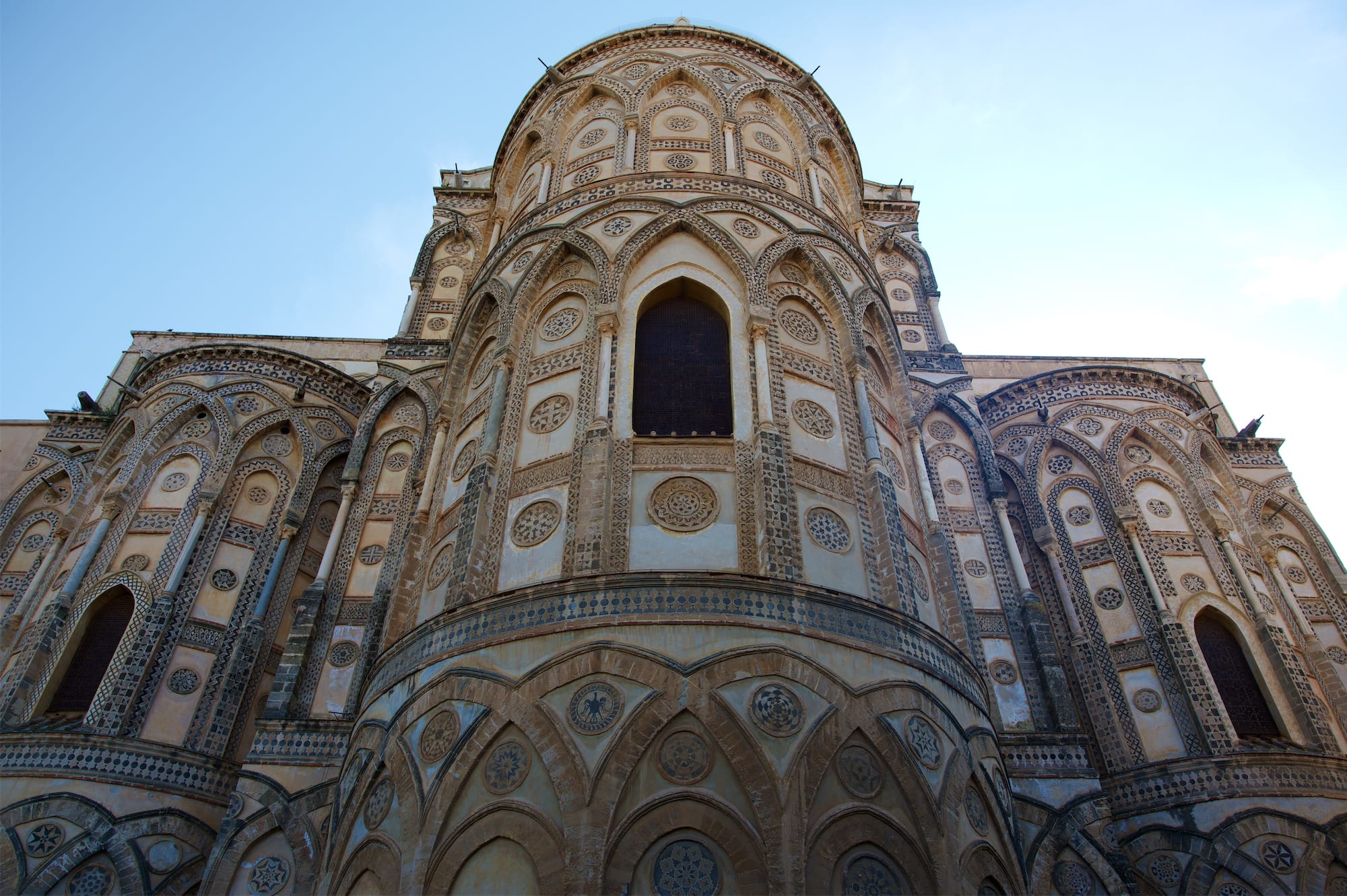
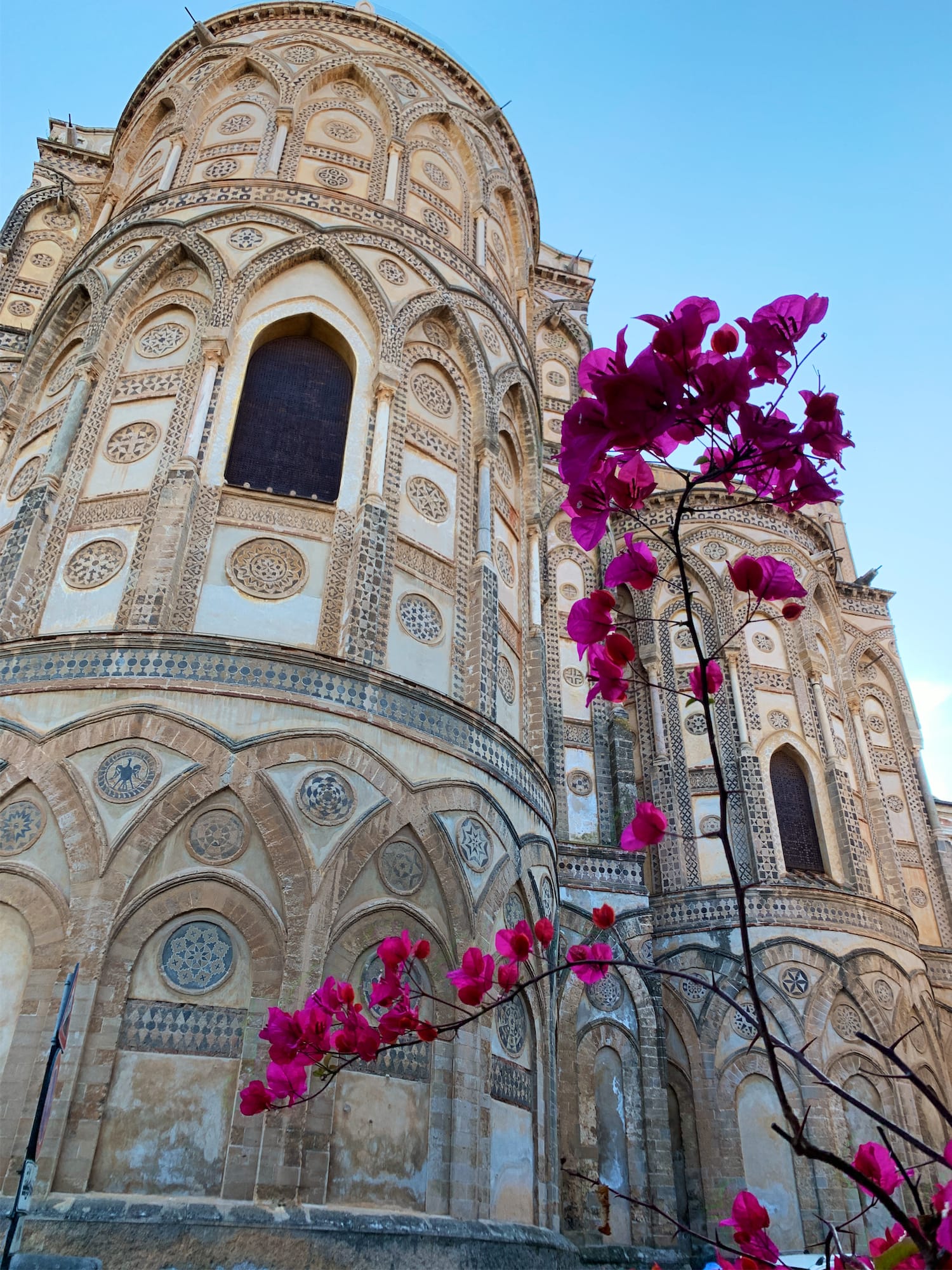
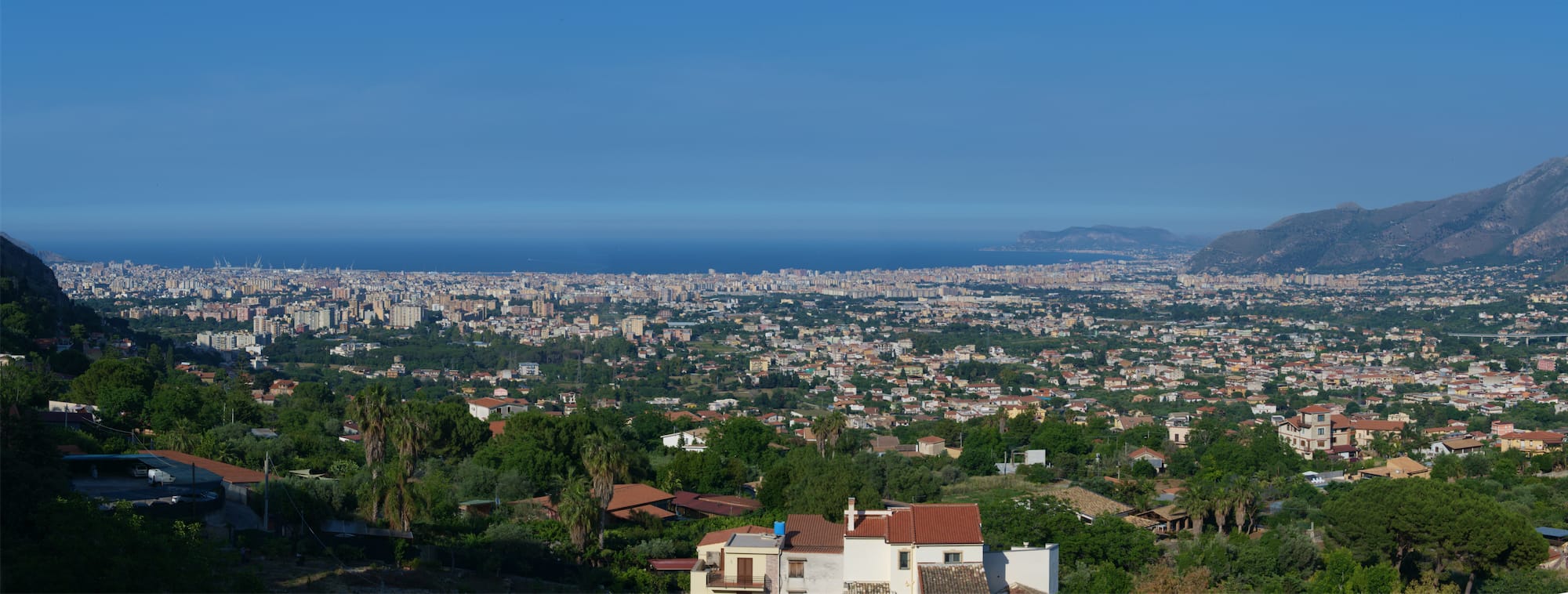
The interiors then leave you speechless for the triumph of golden mosaics that cover every surface, such as the Christ Pantocrator positioned in the dome of the altar, which is very reminiscent of that of the Cathedral of Cefalù.
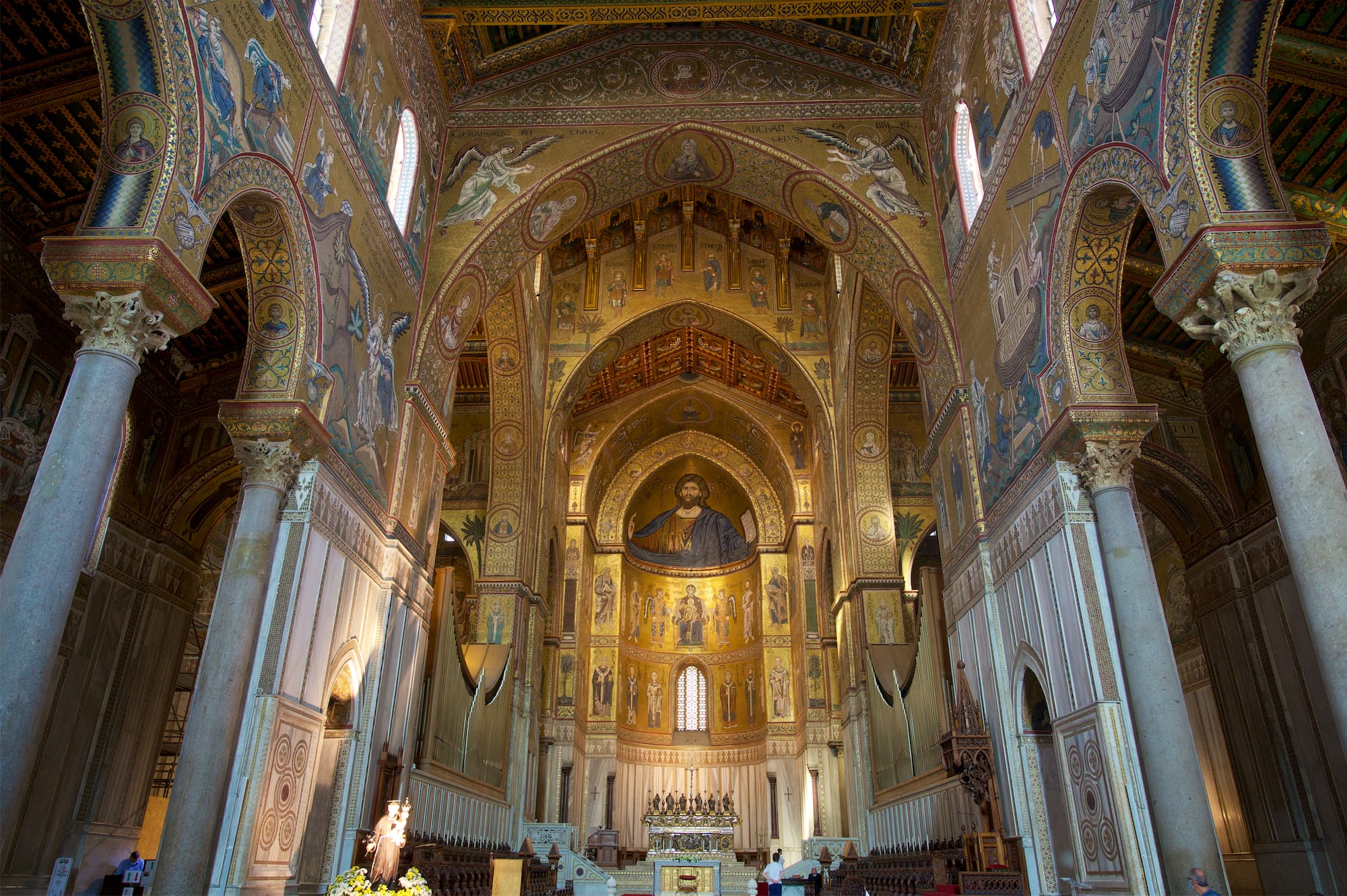
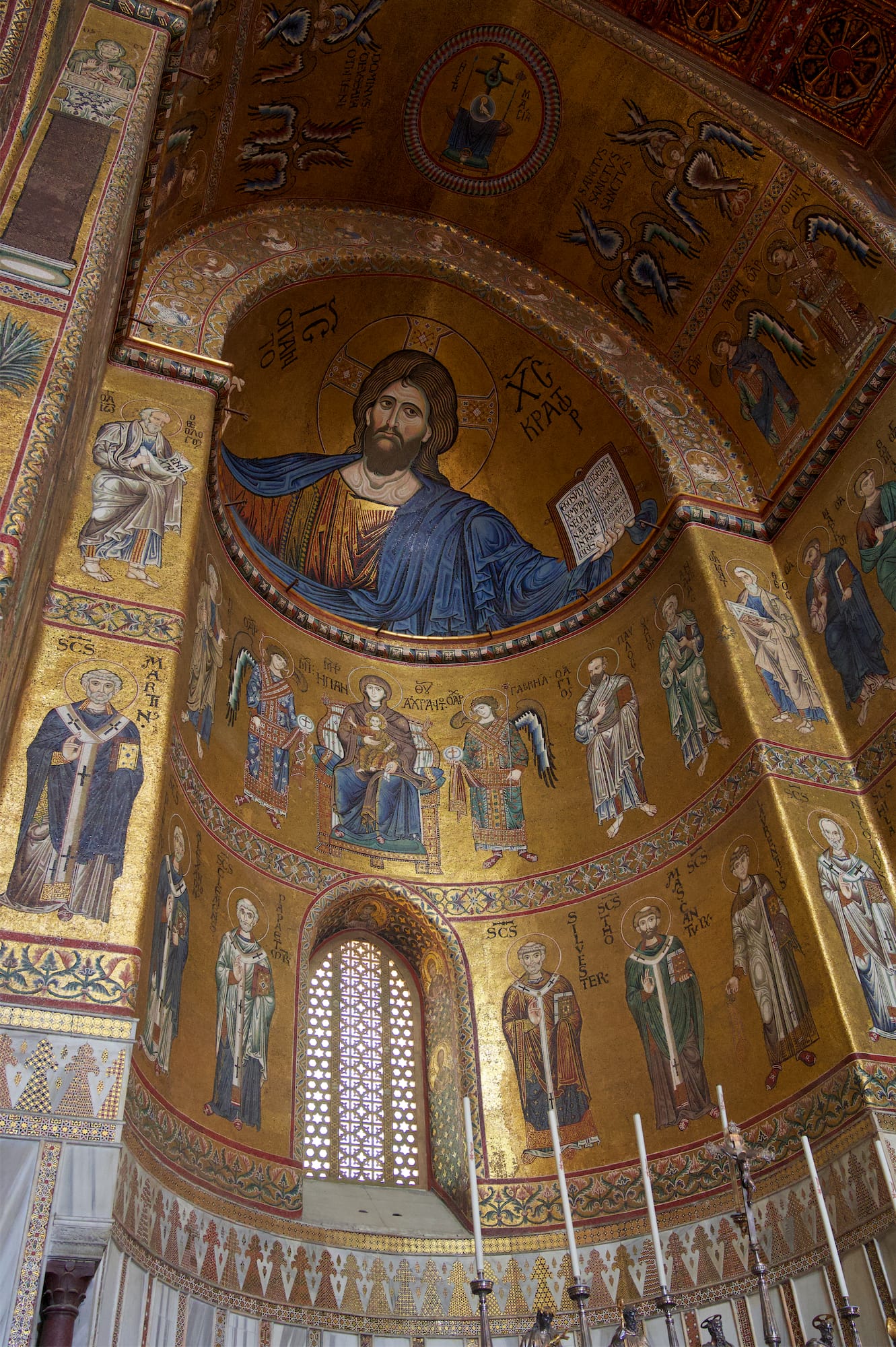
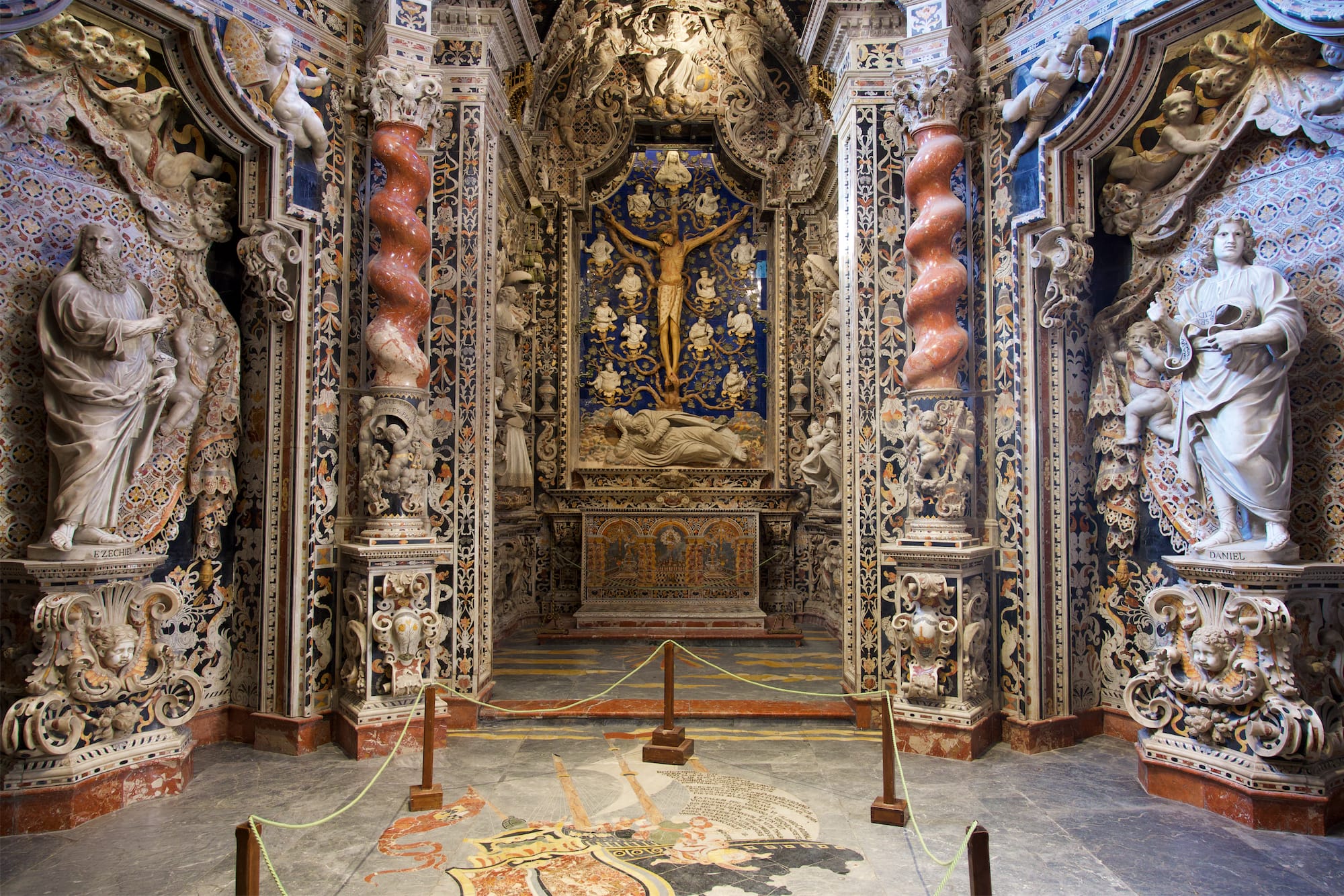
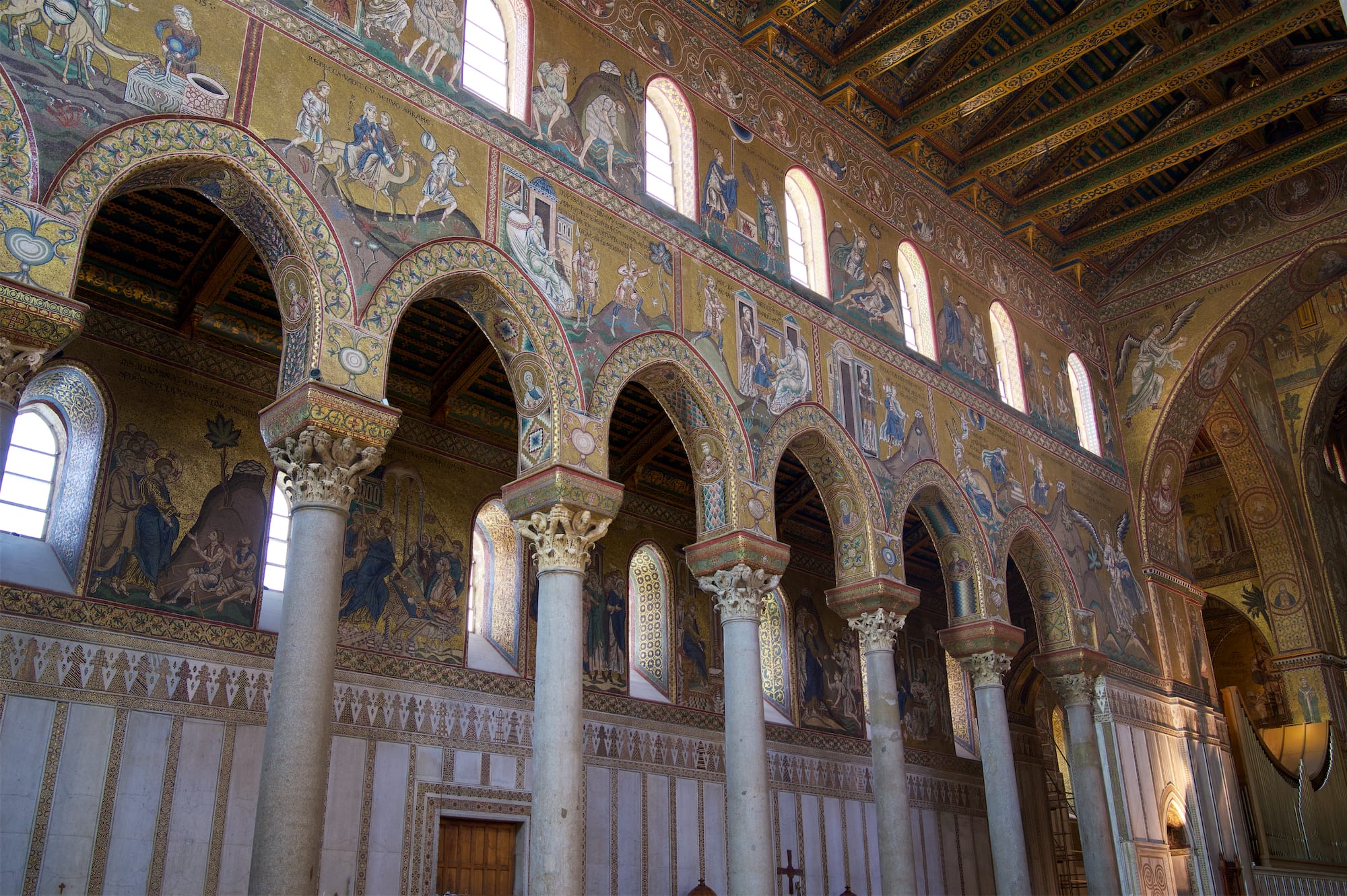

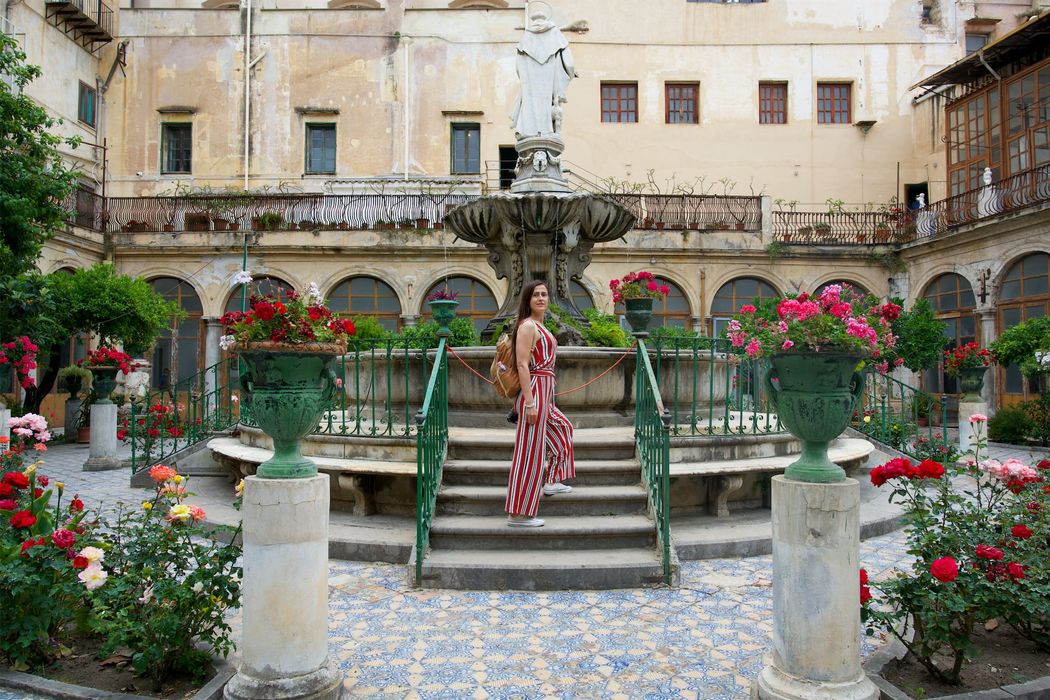
Comments